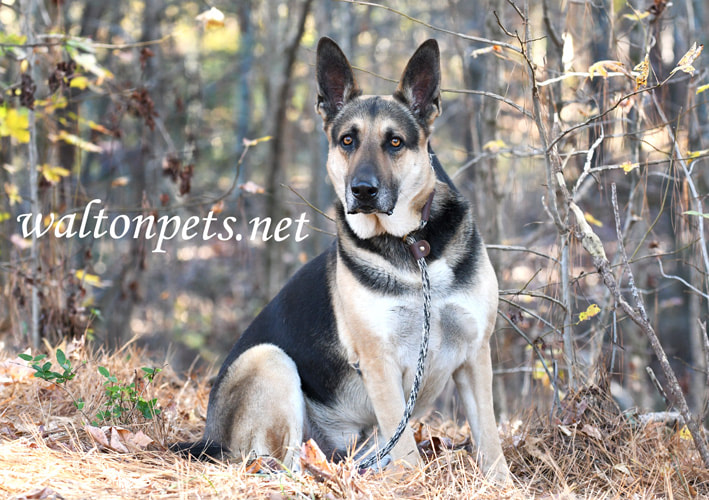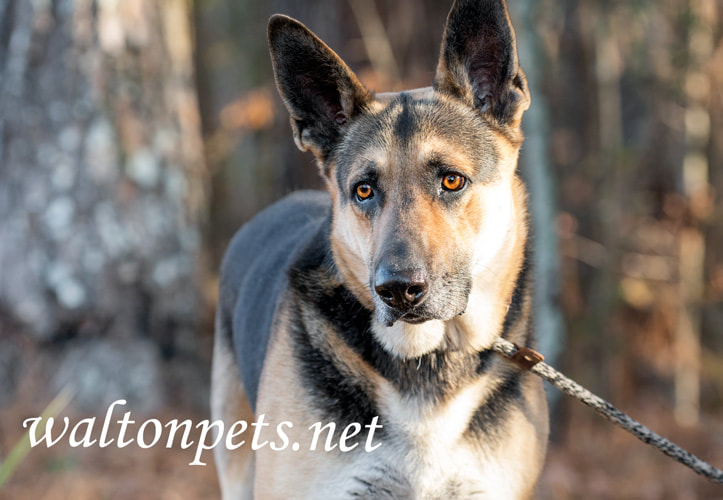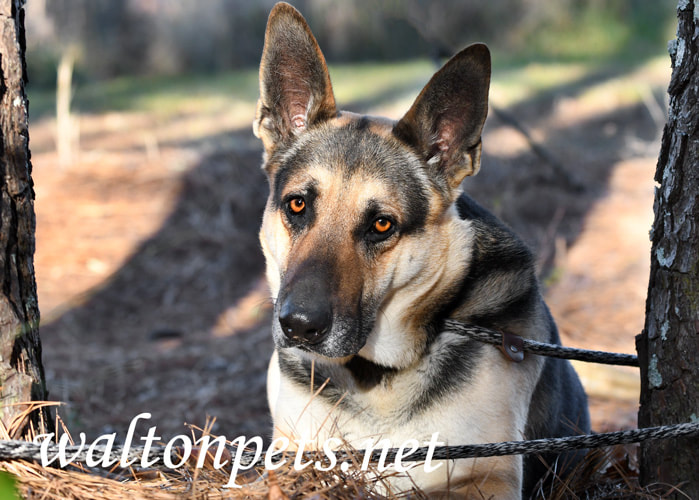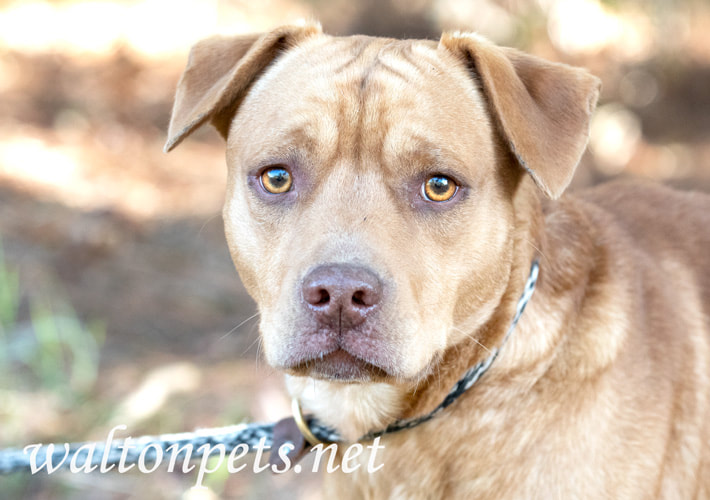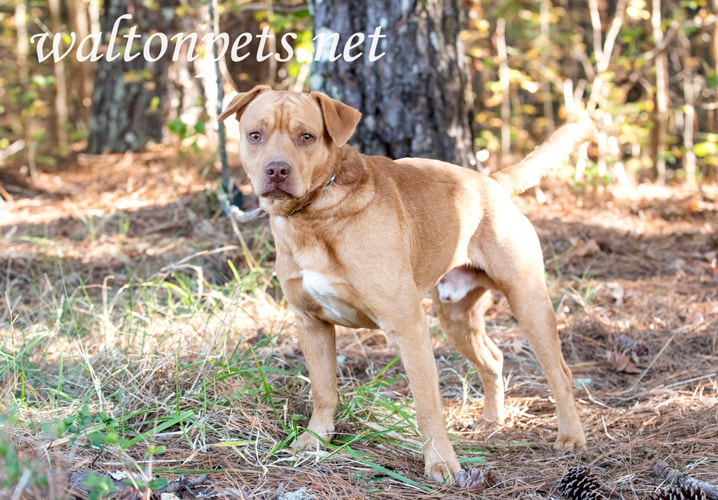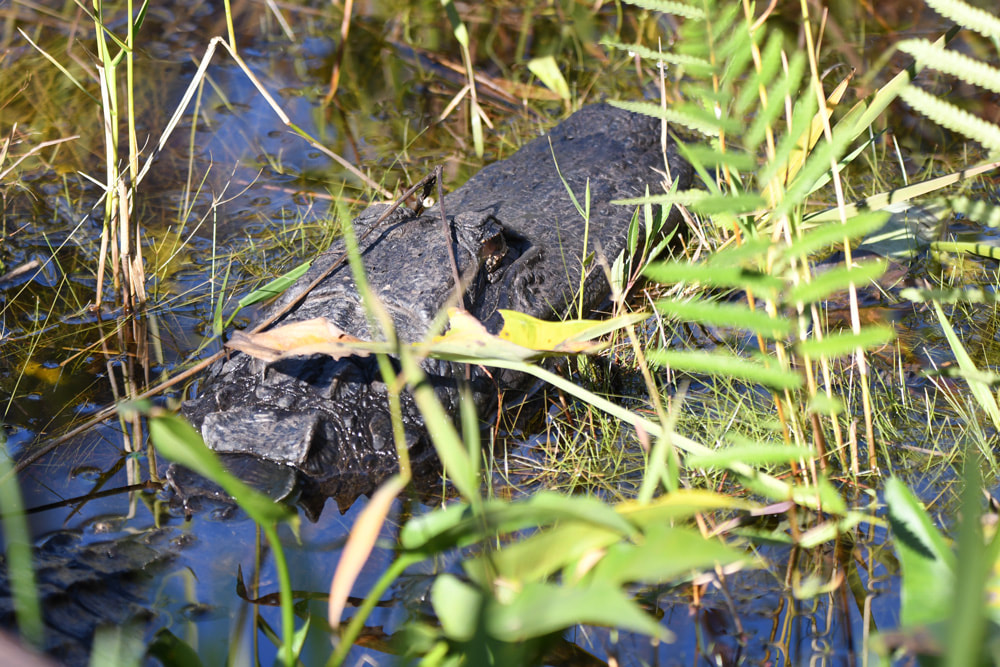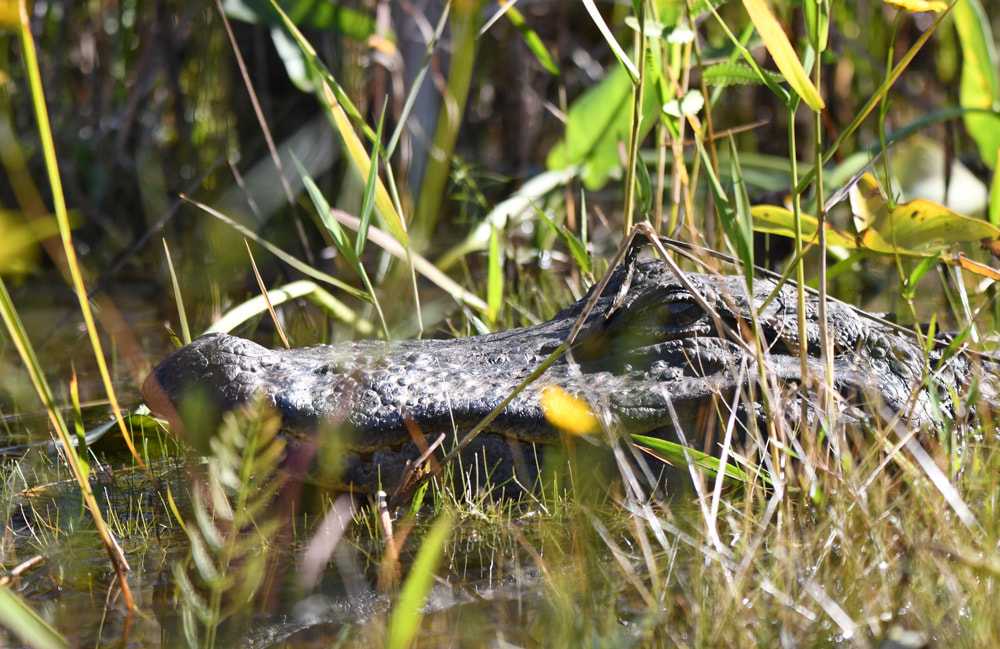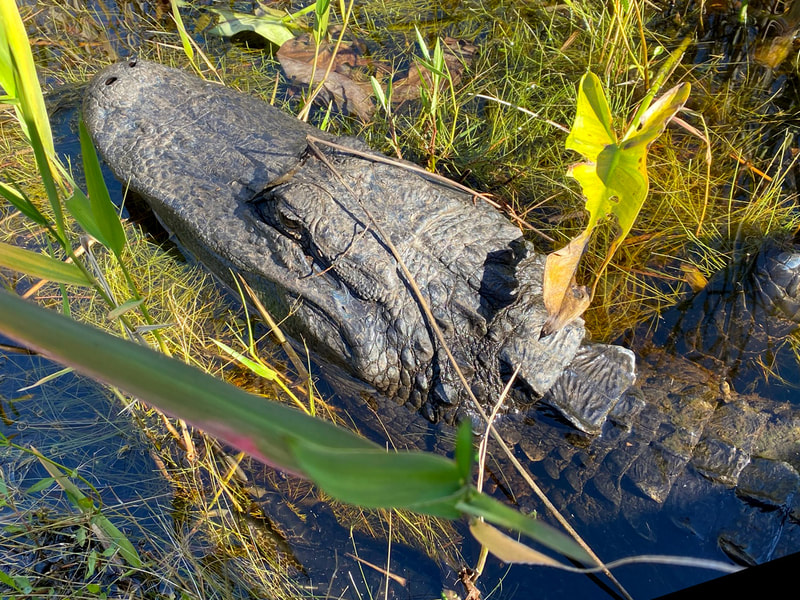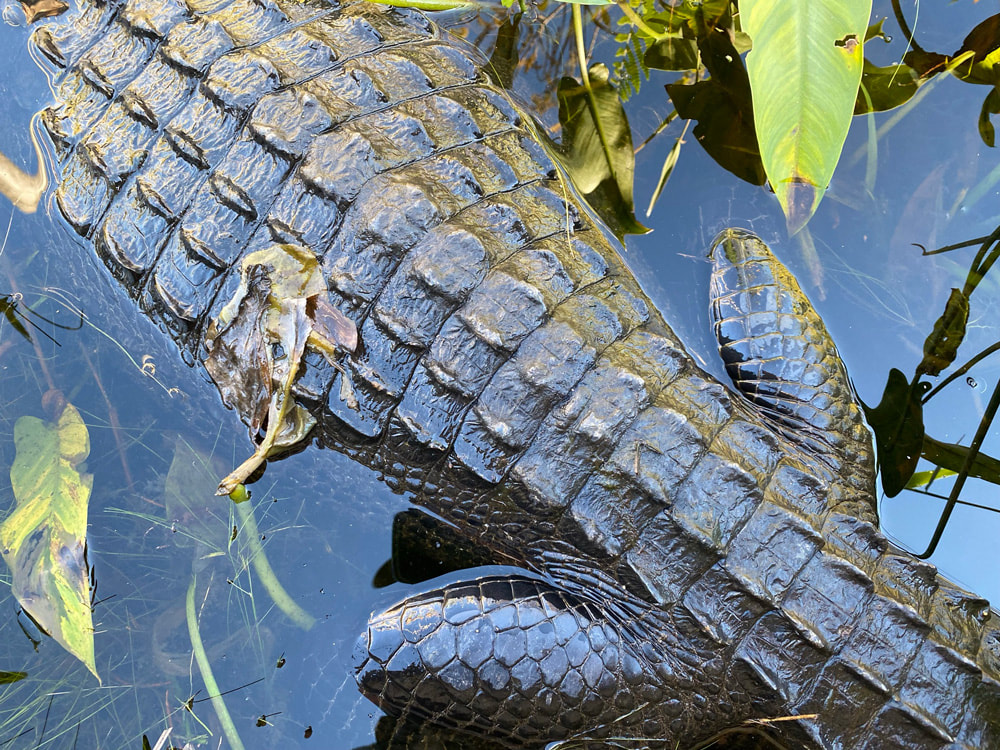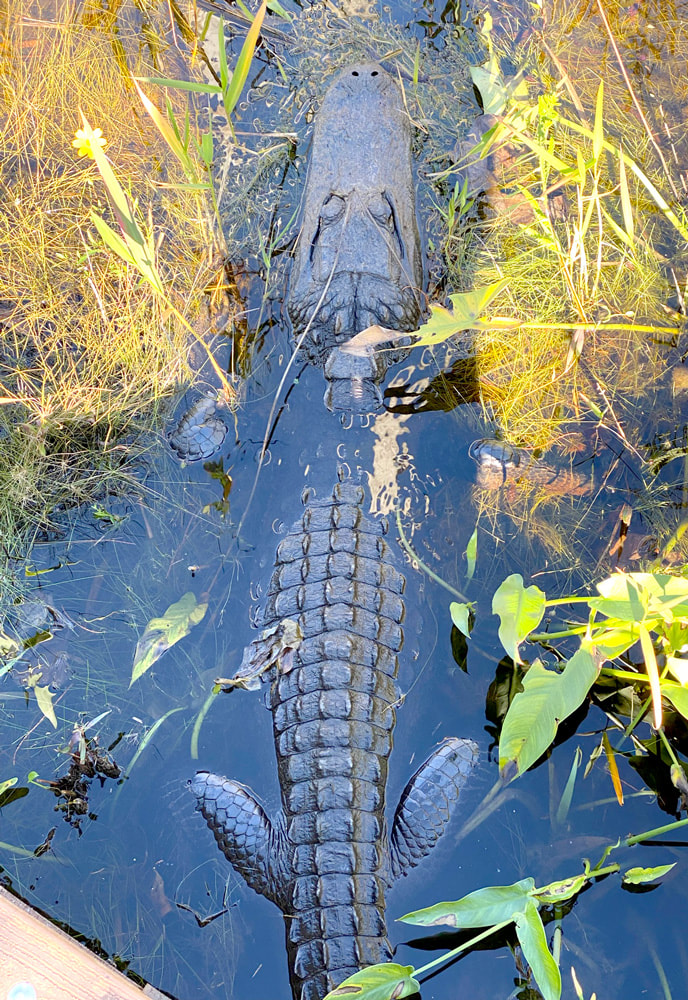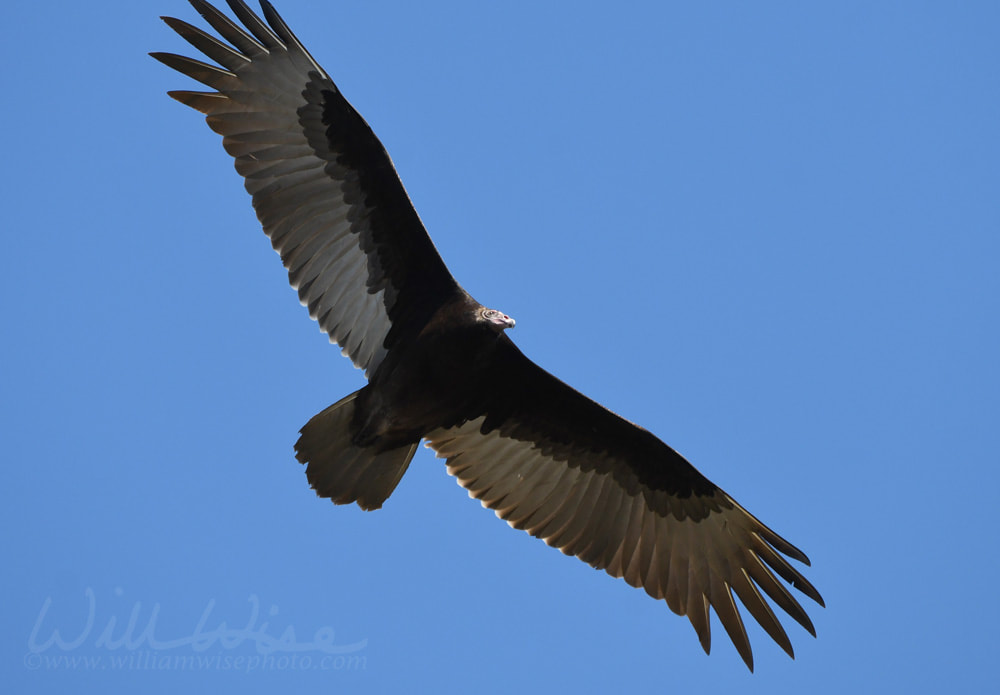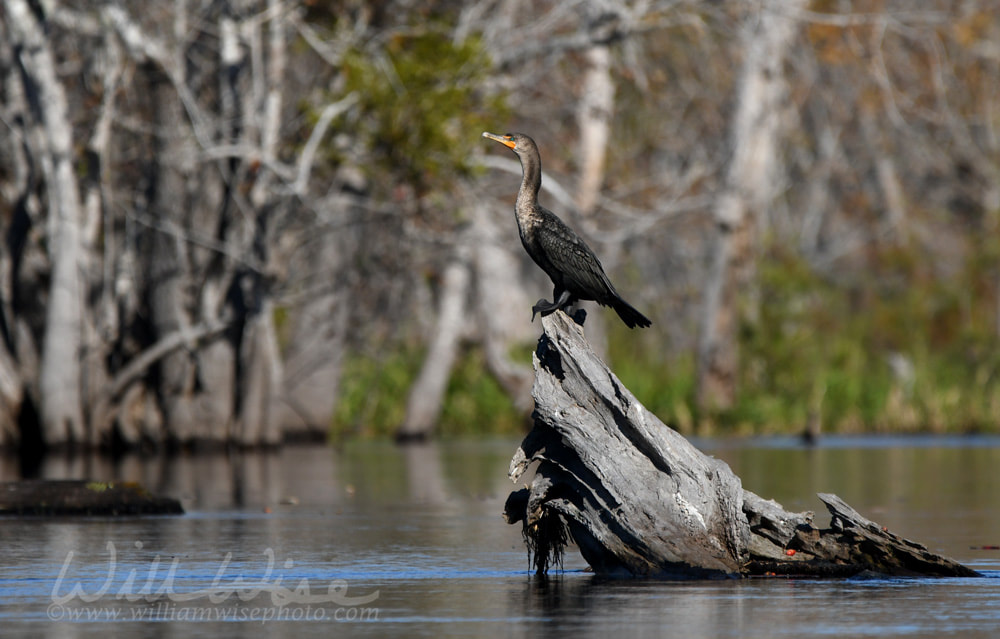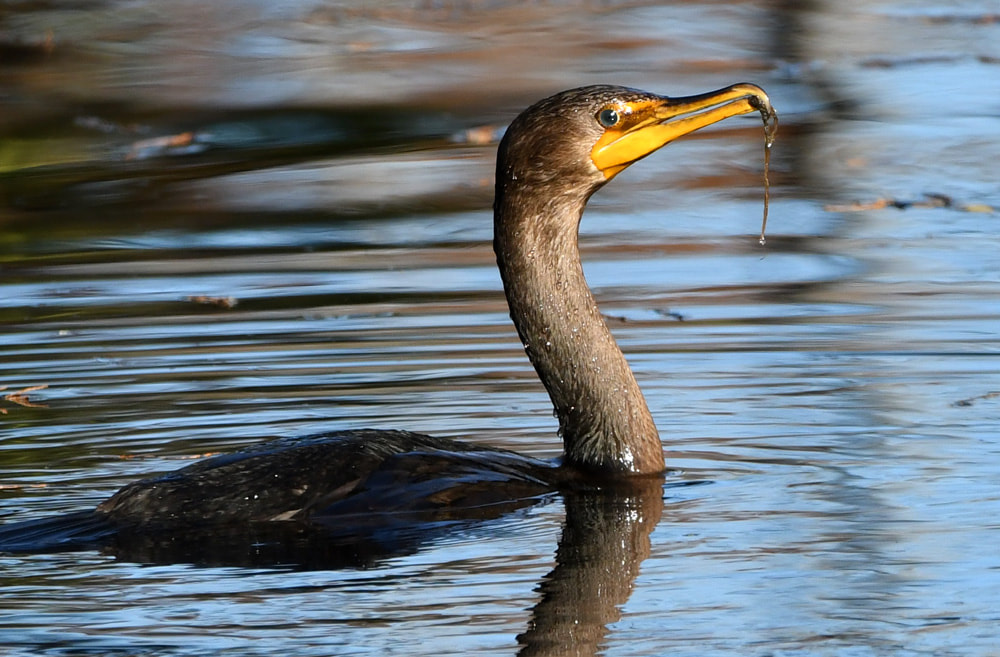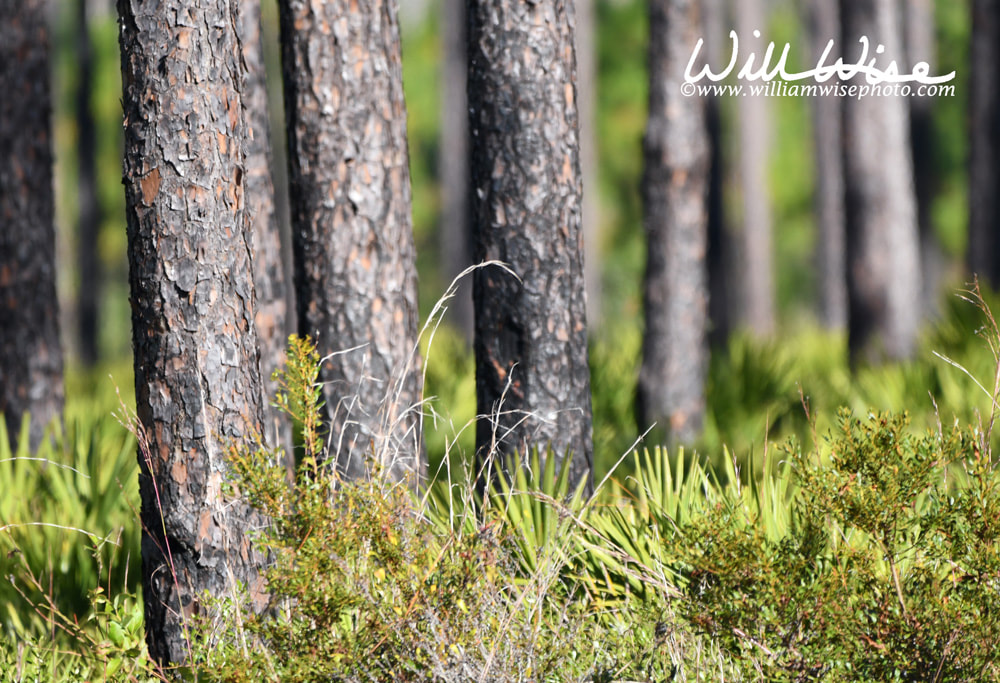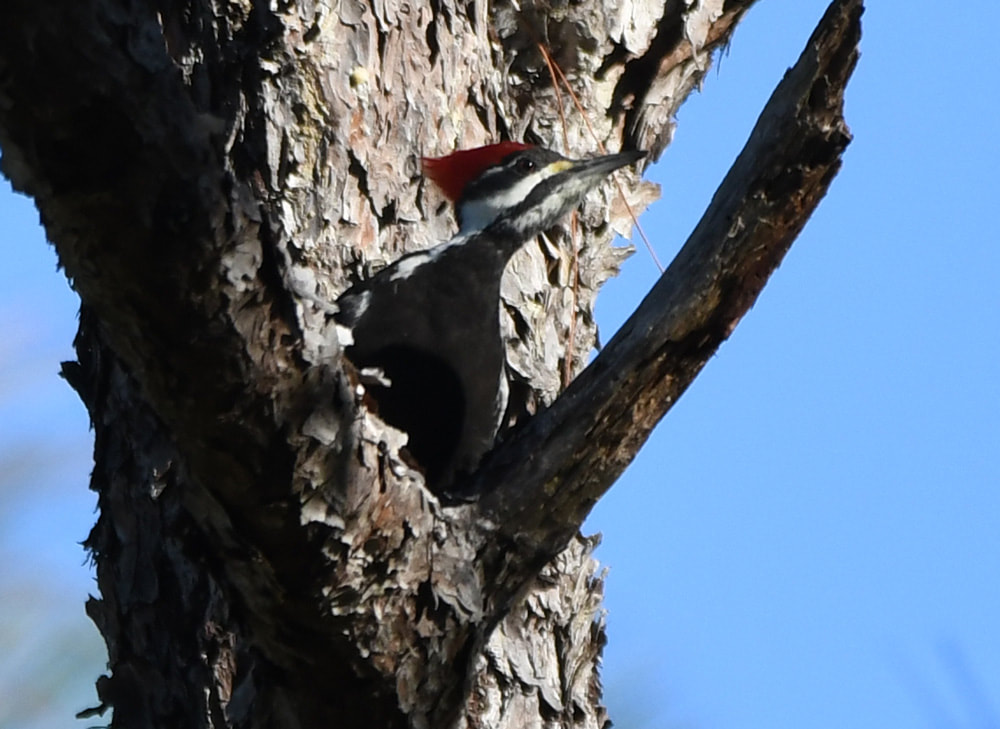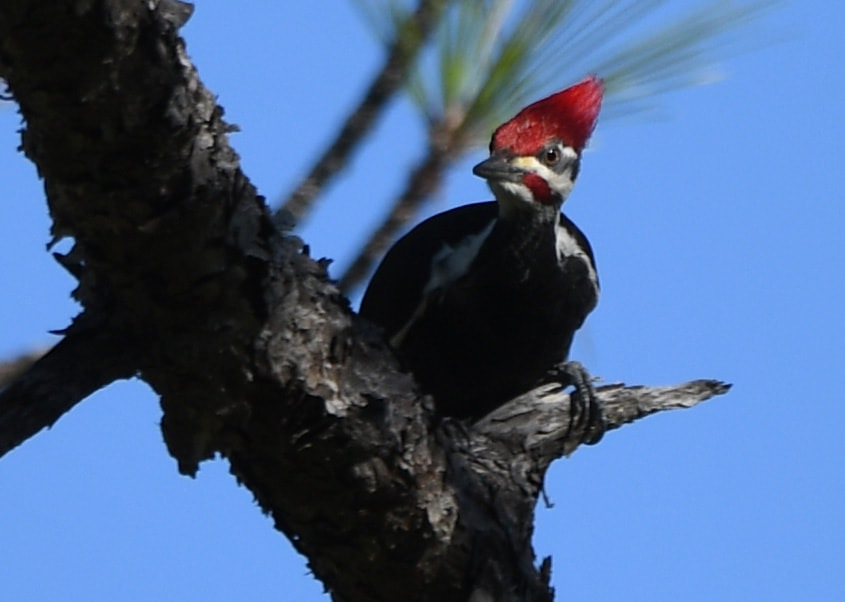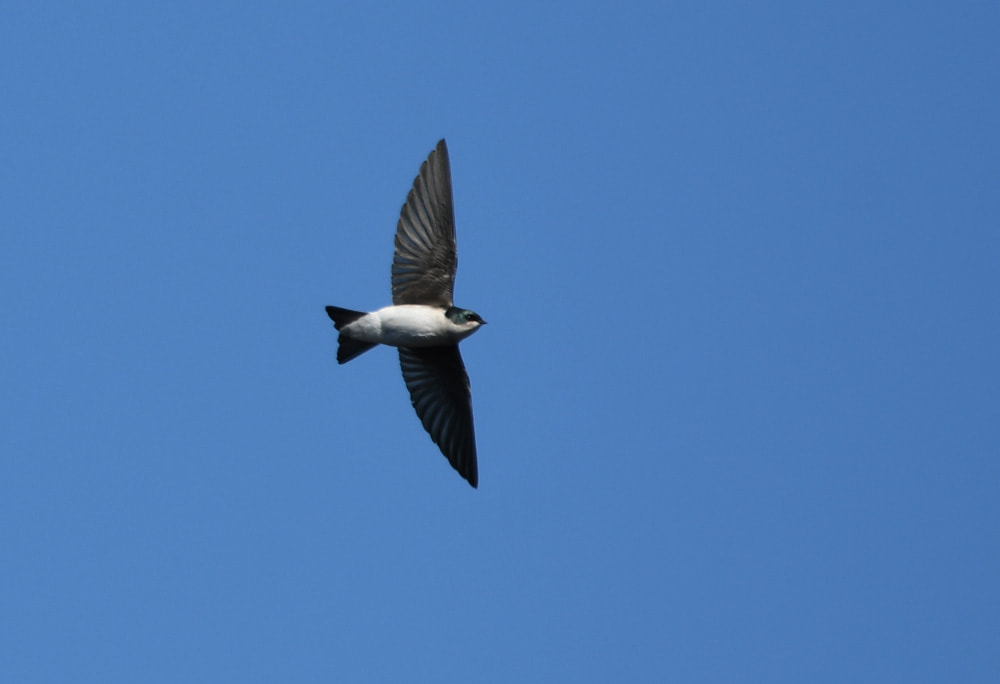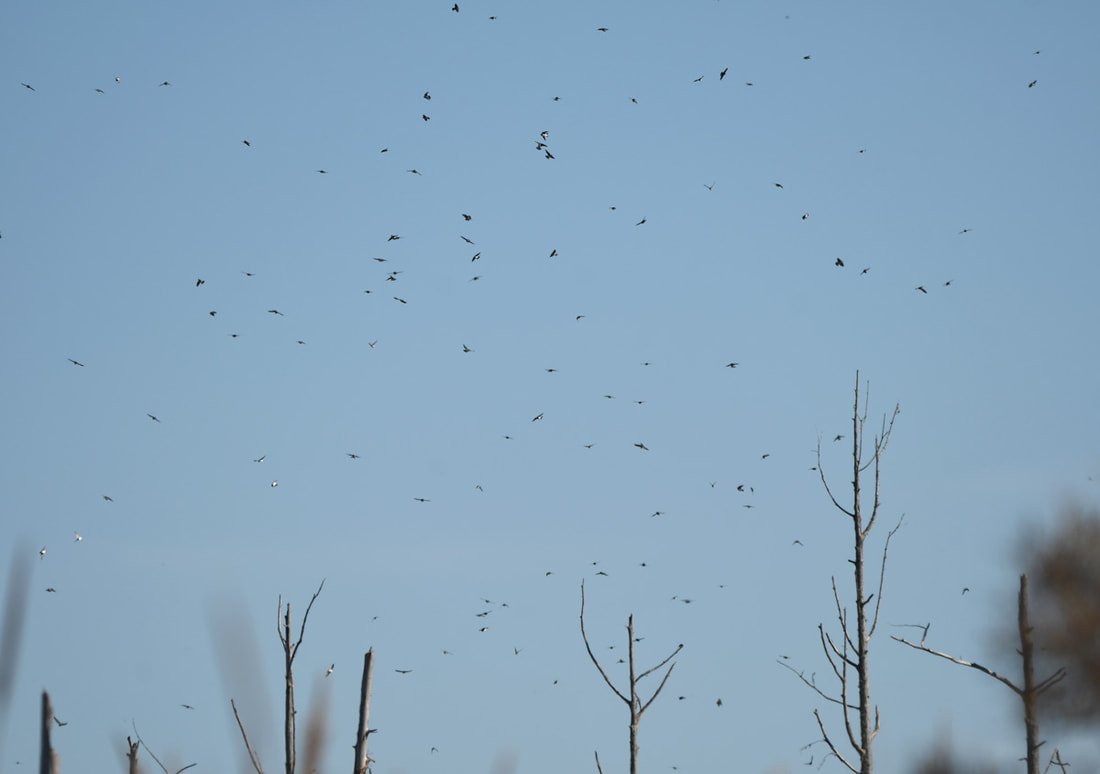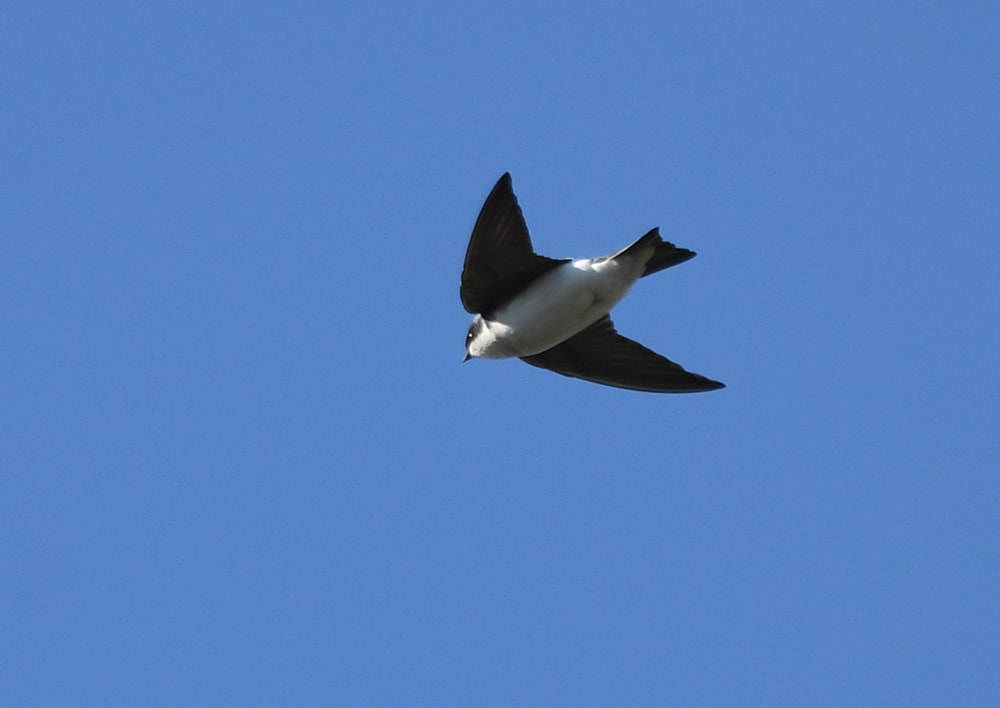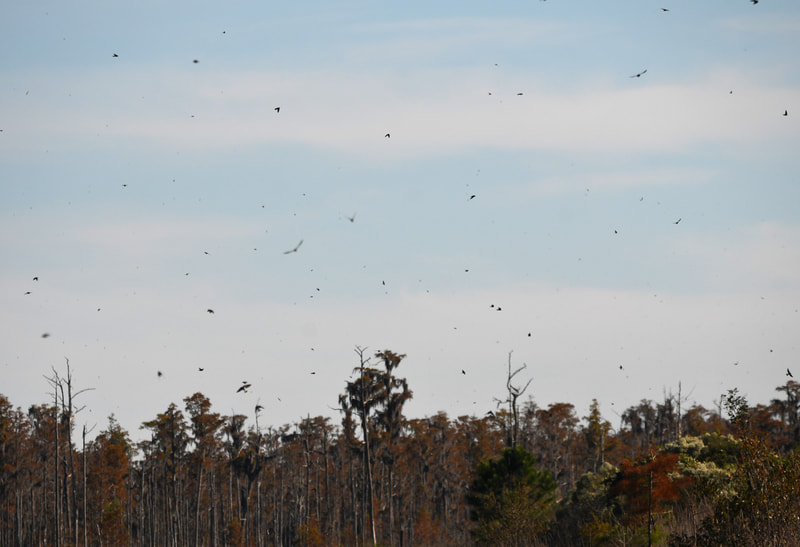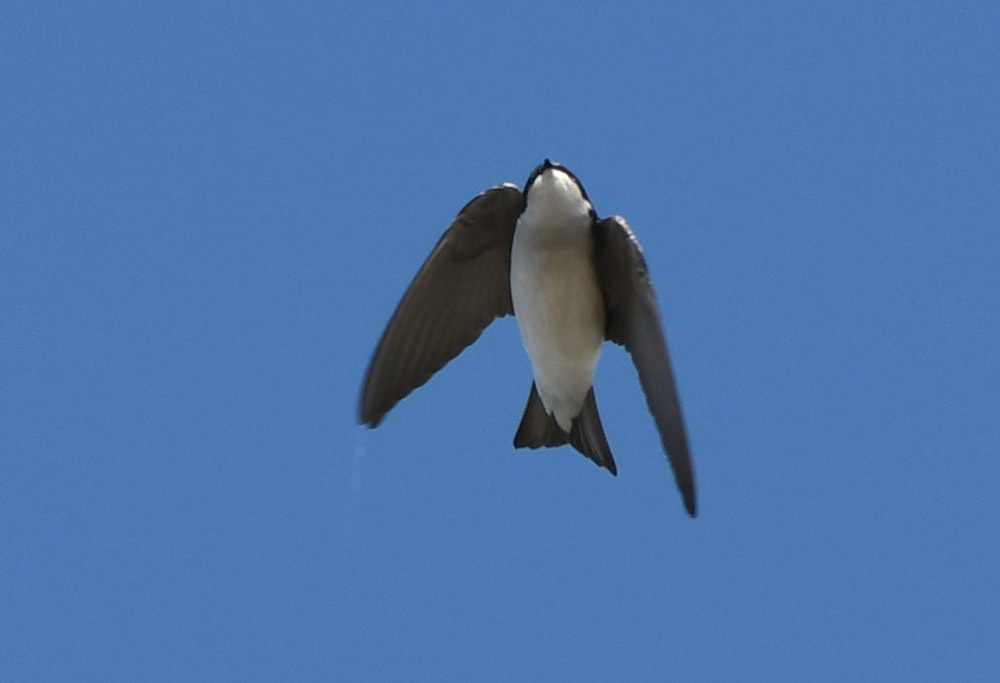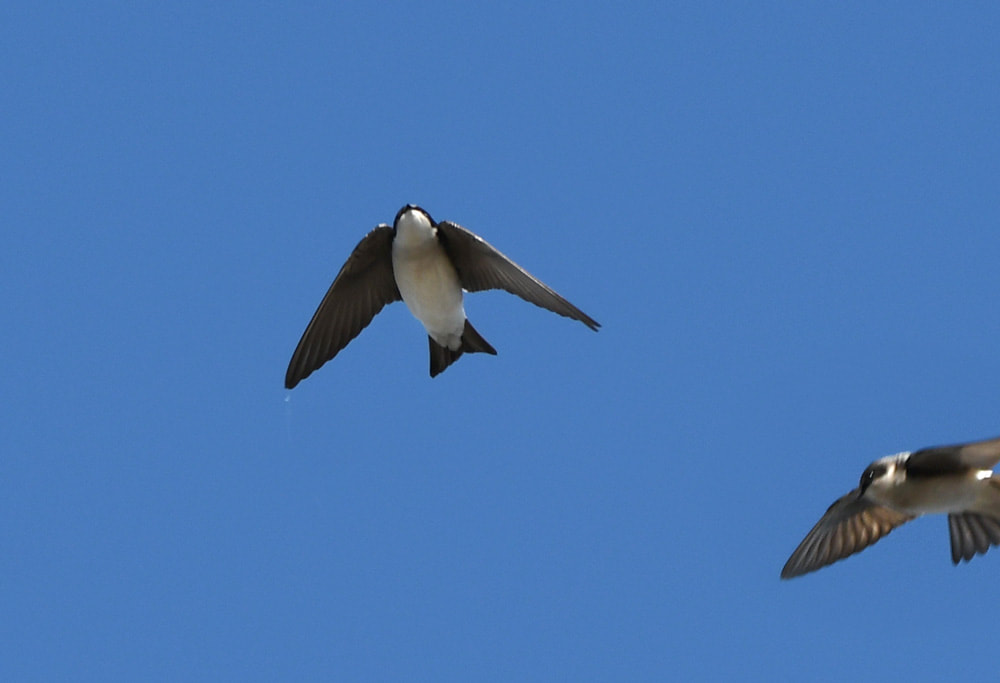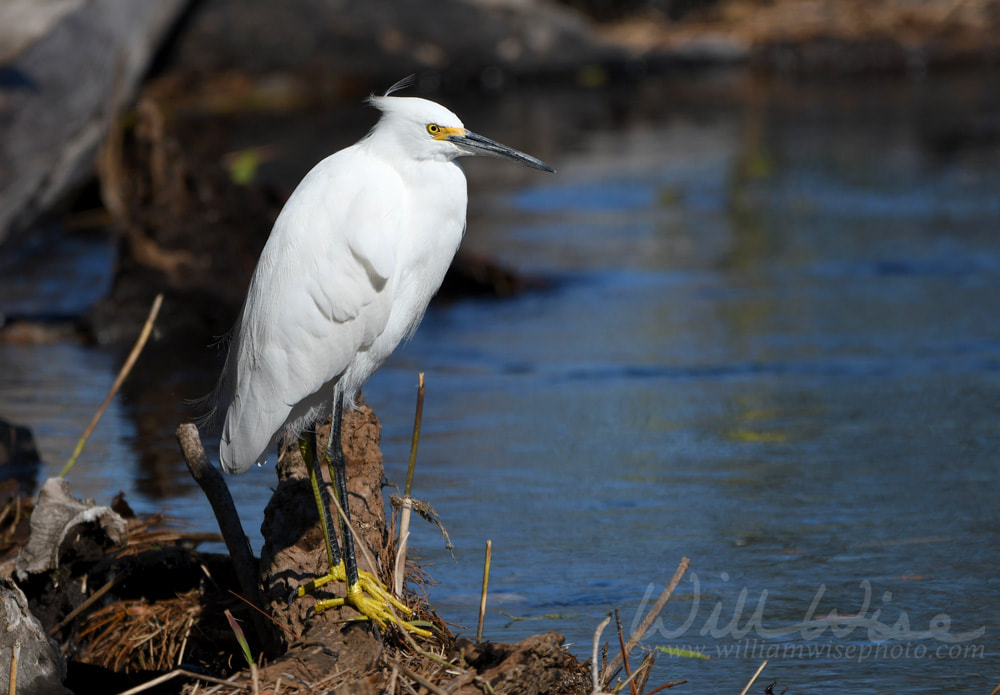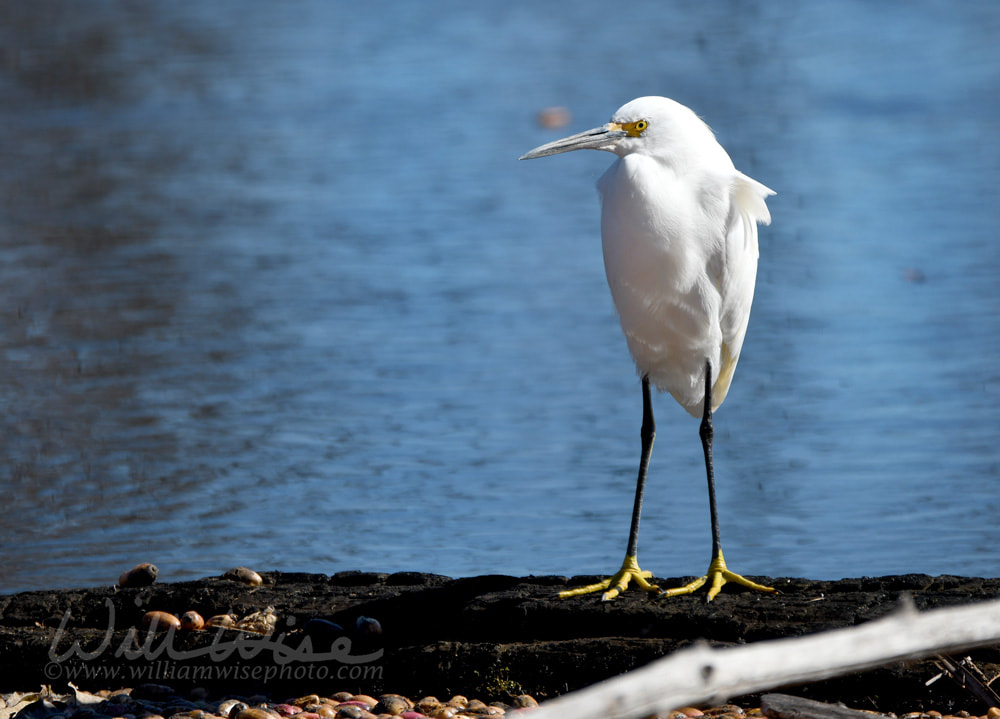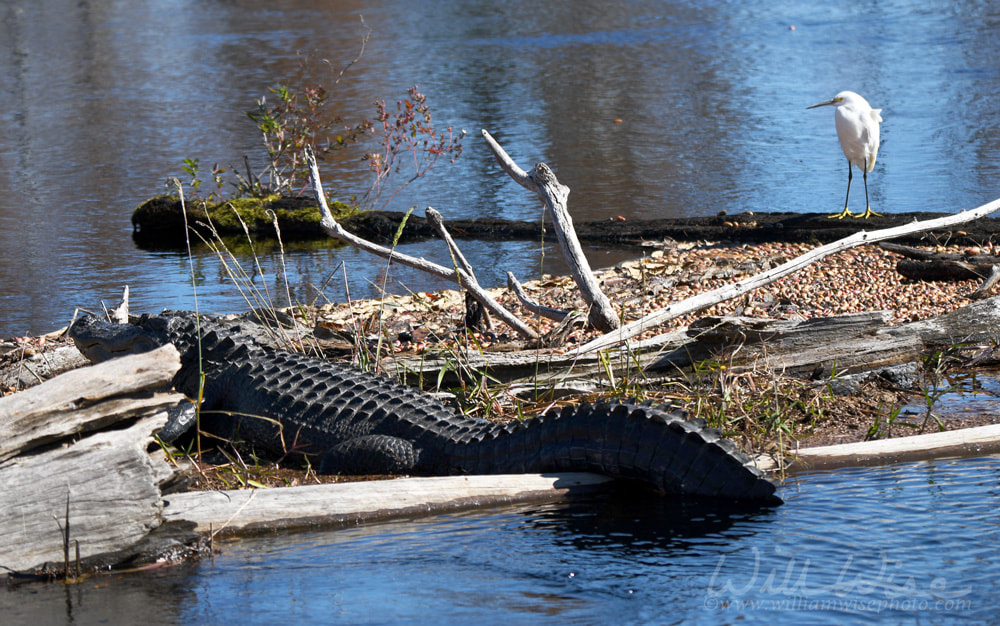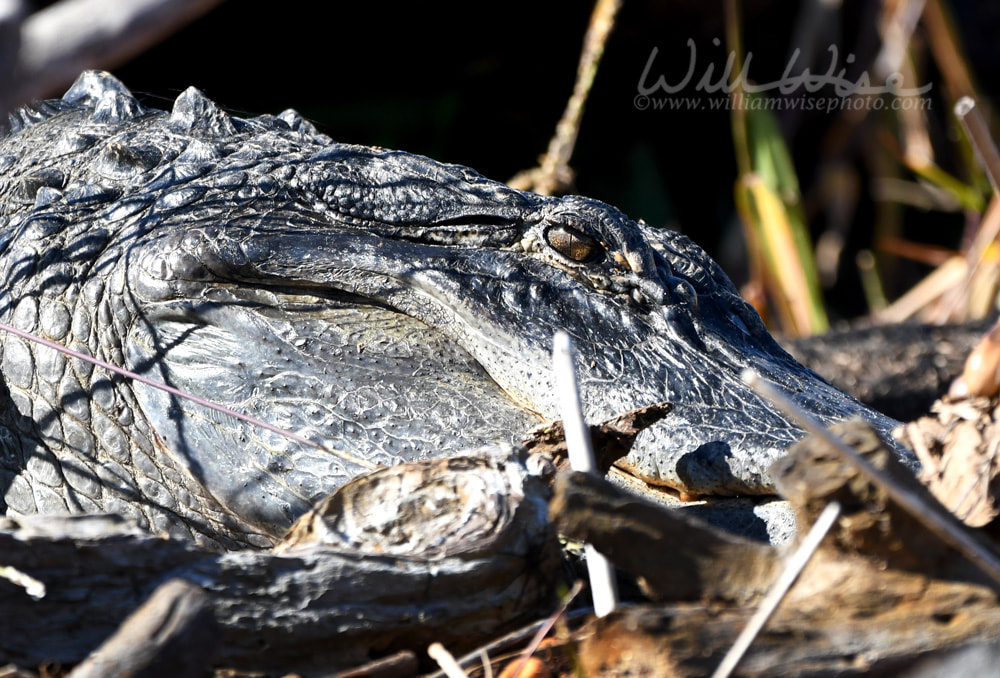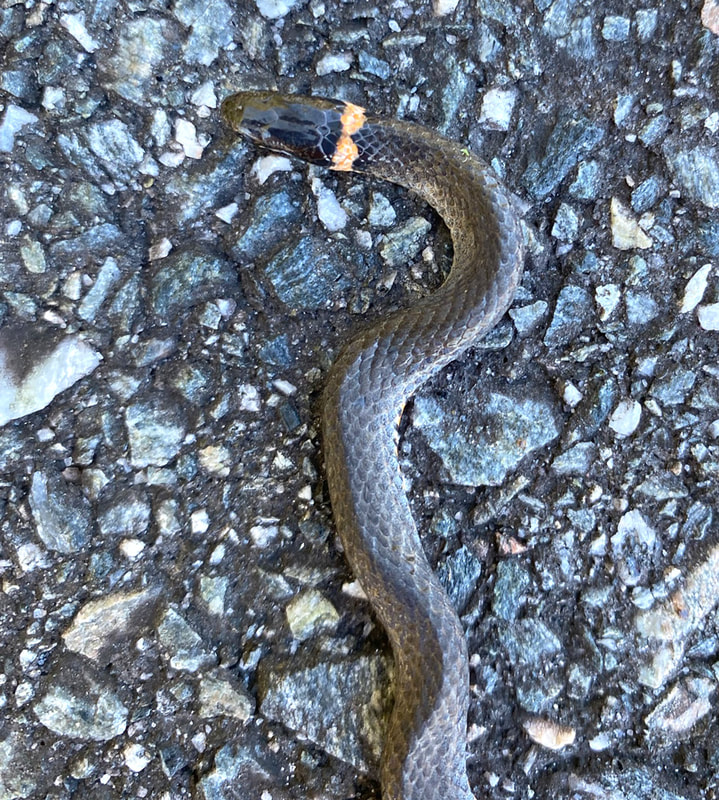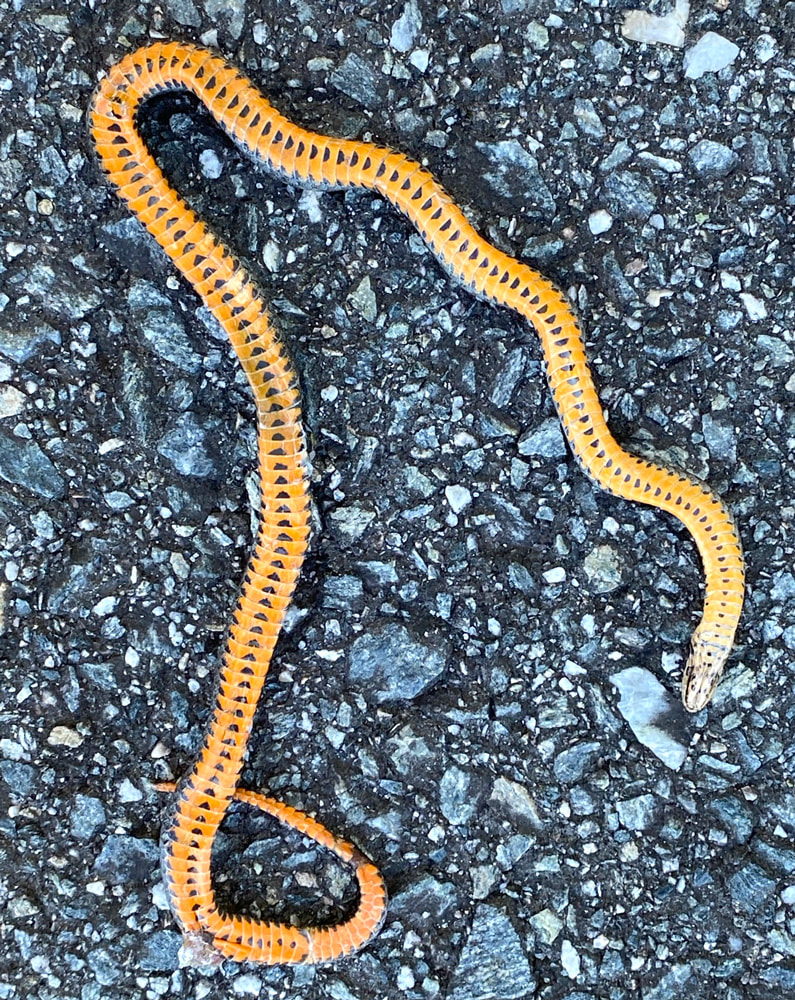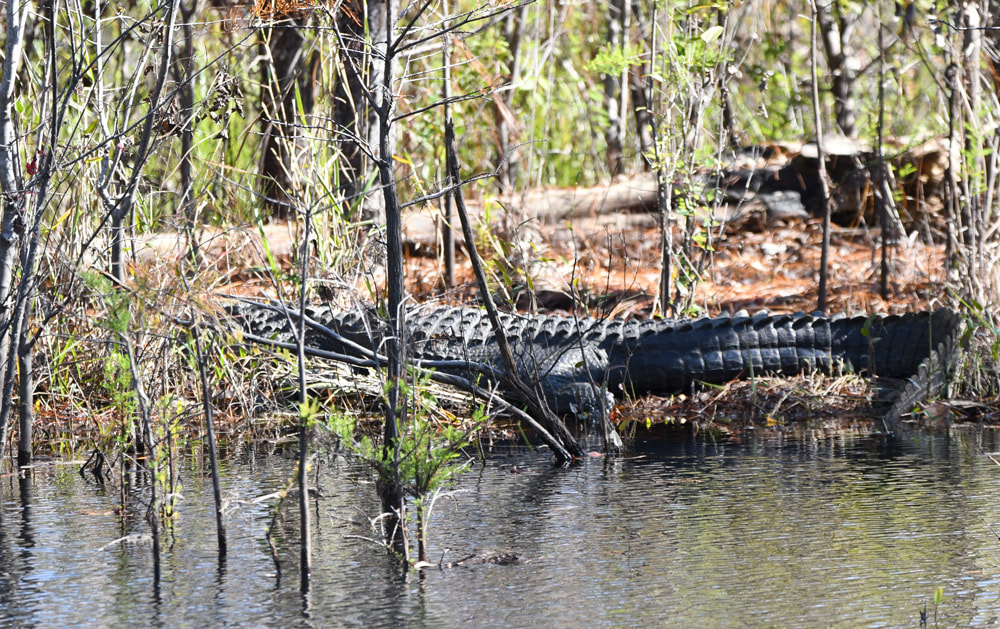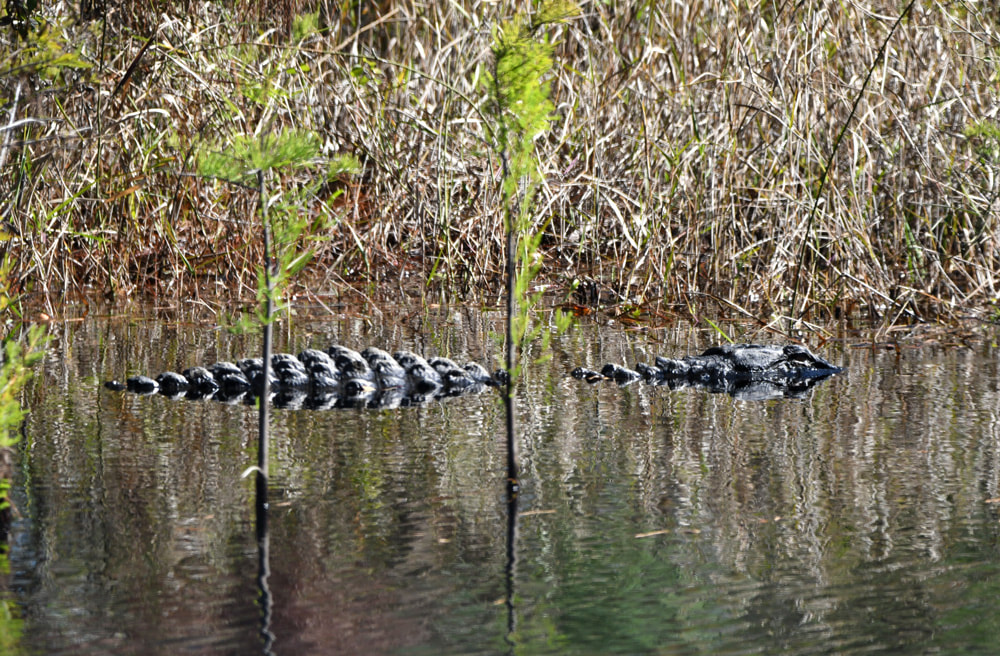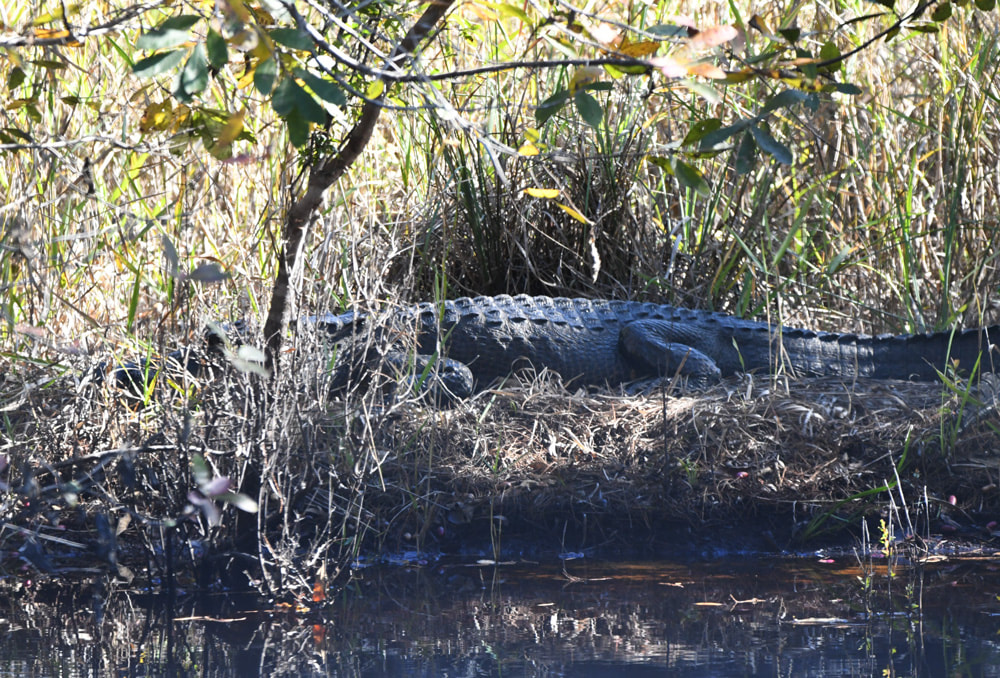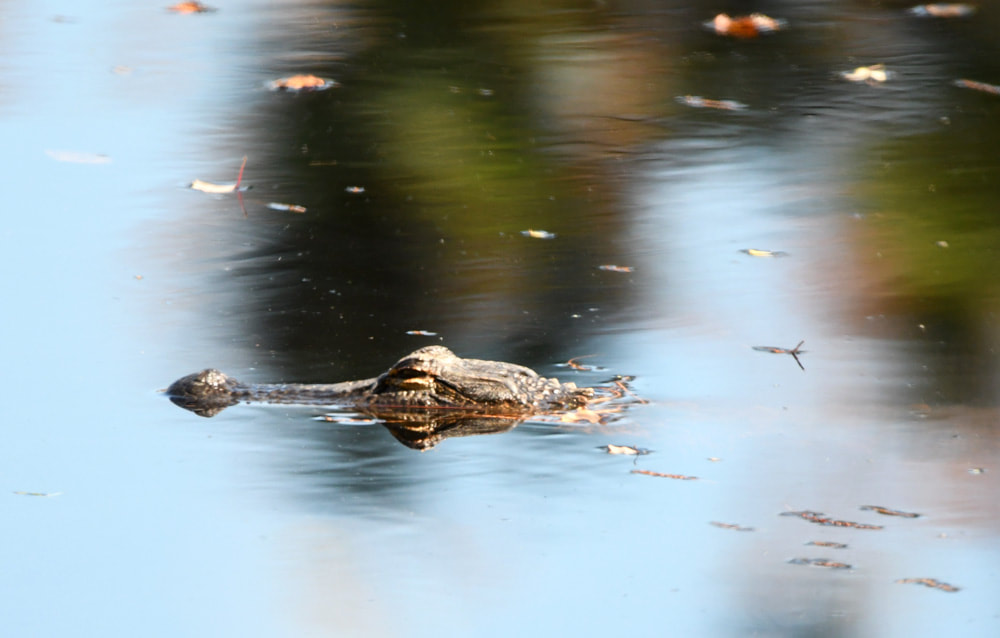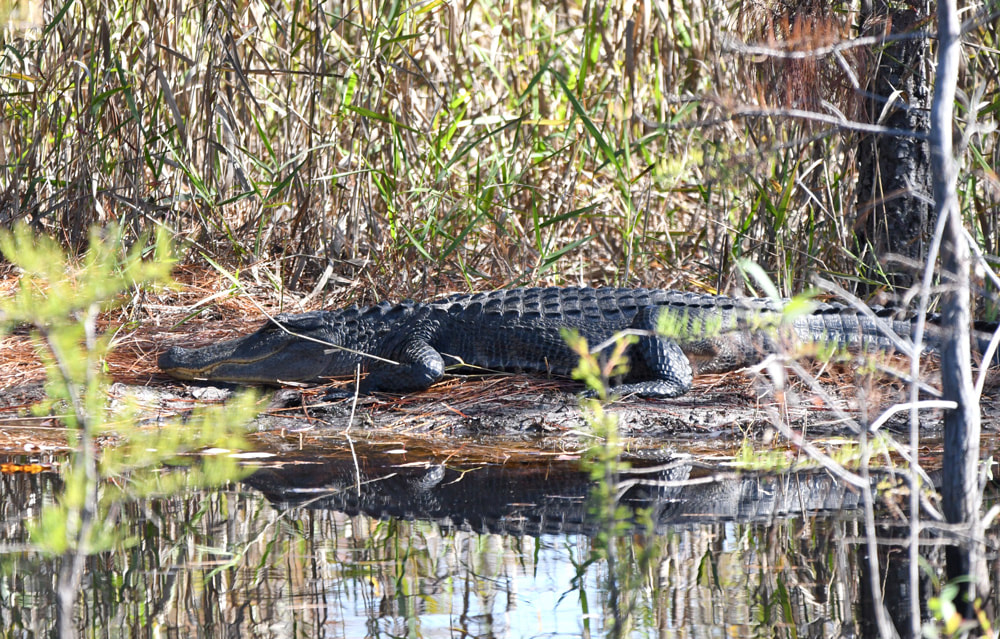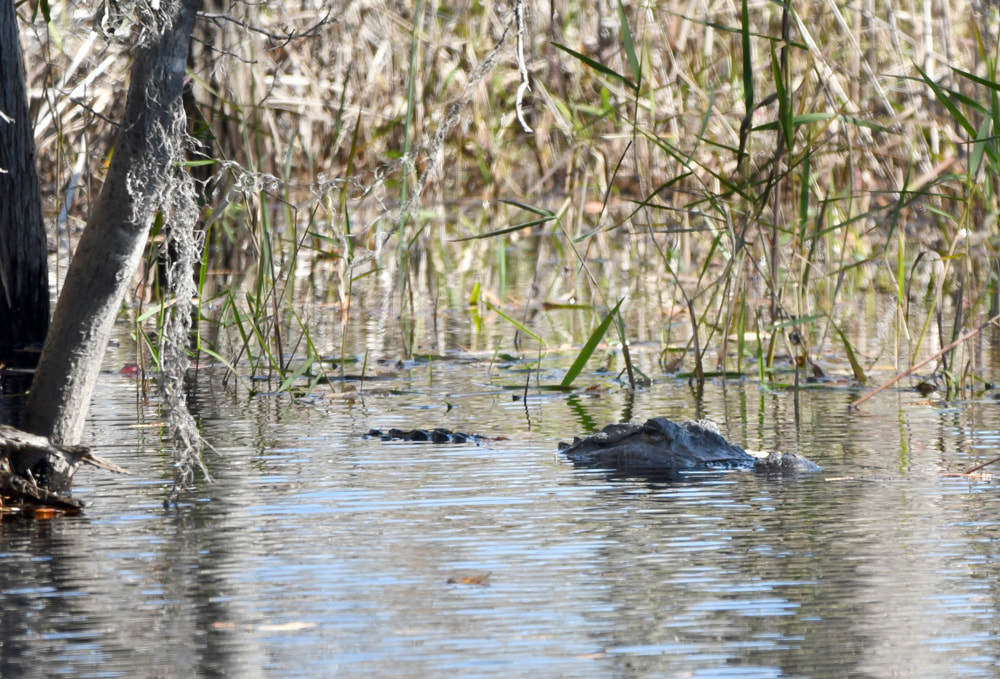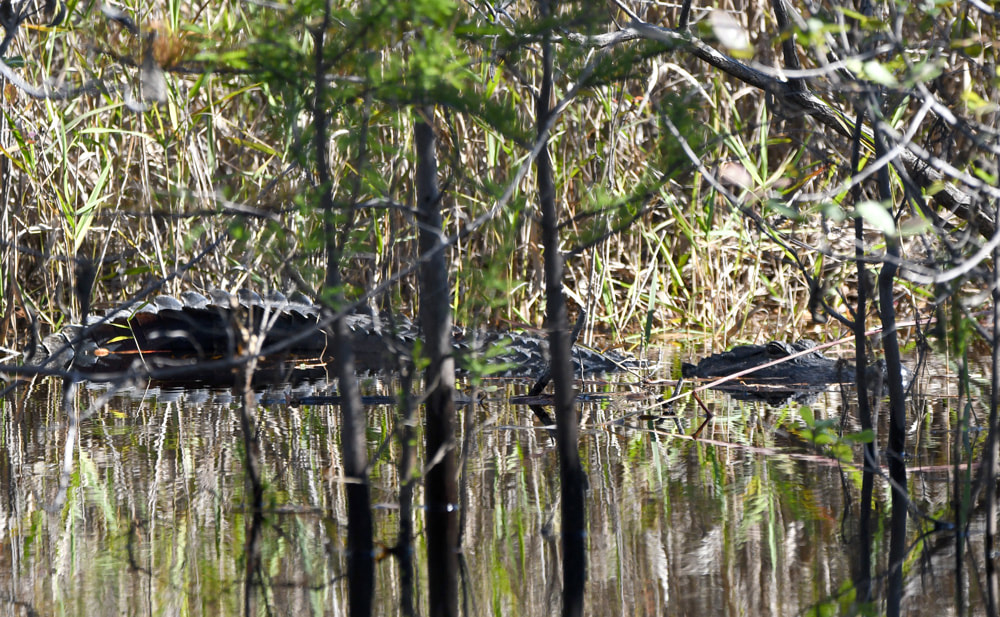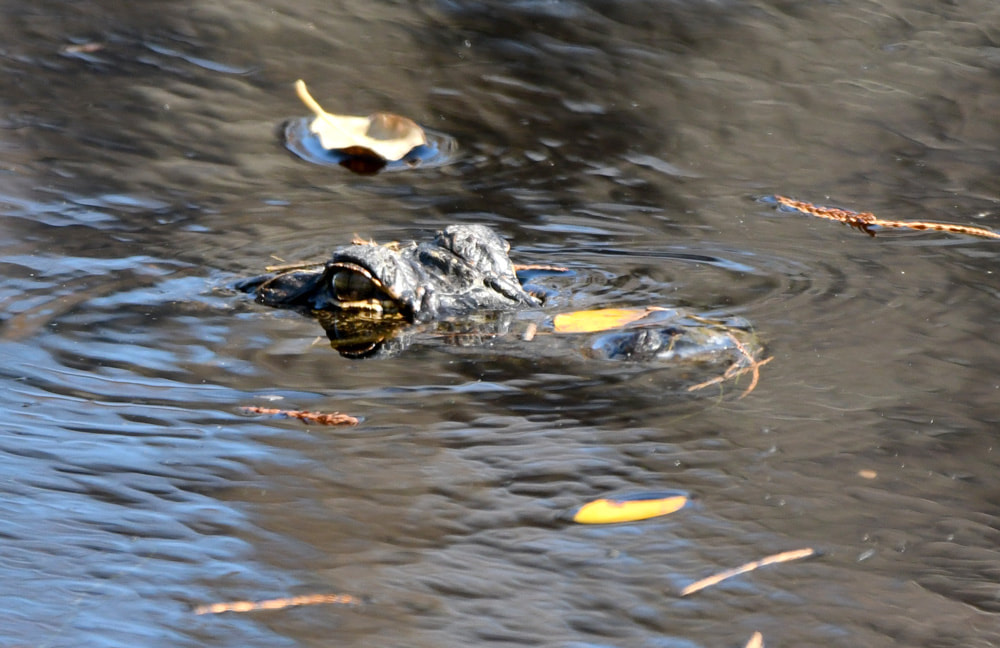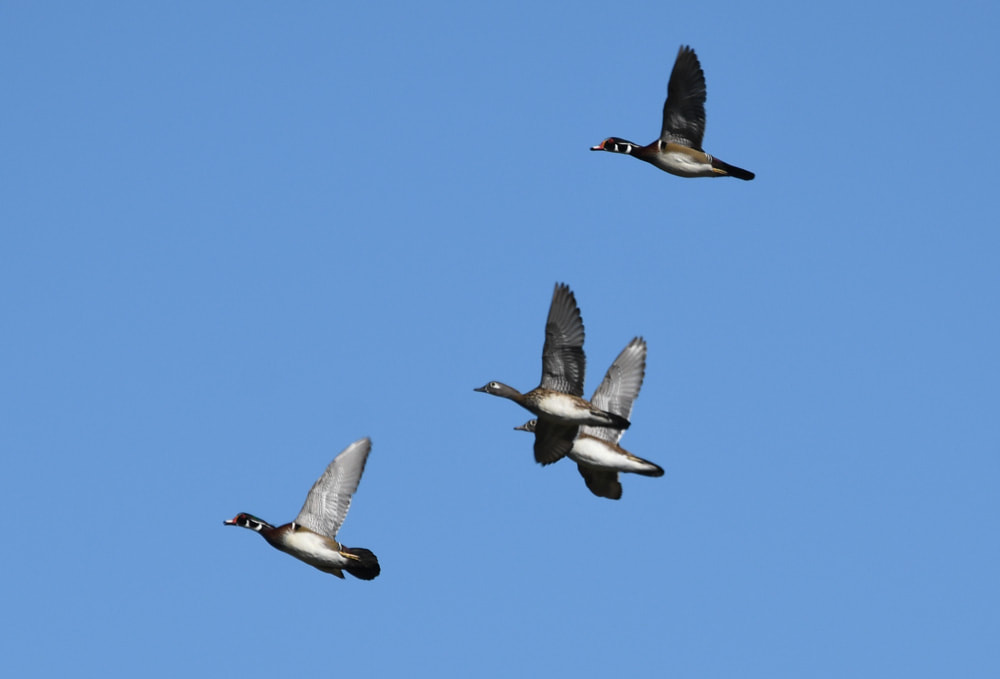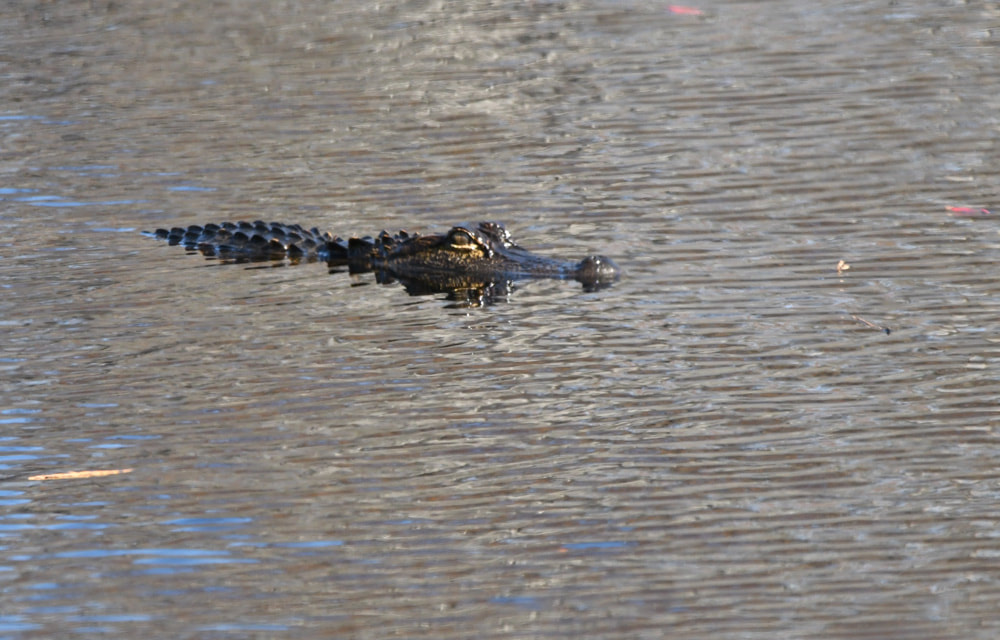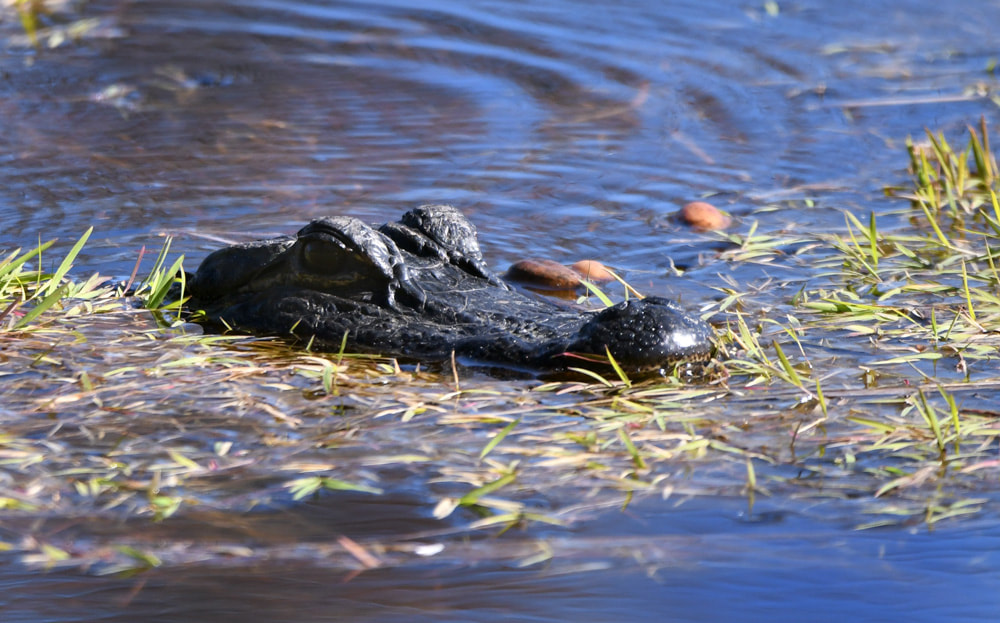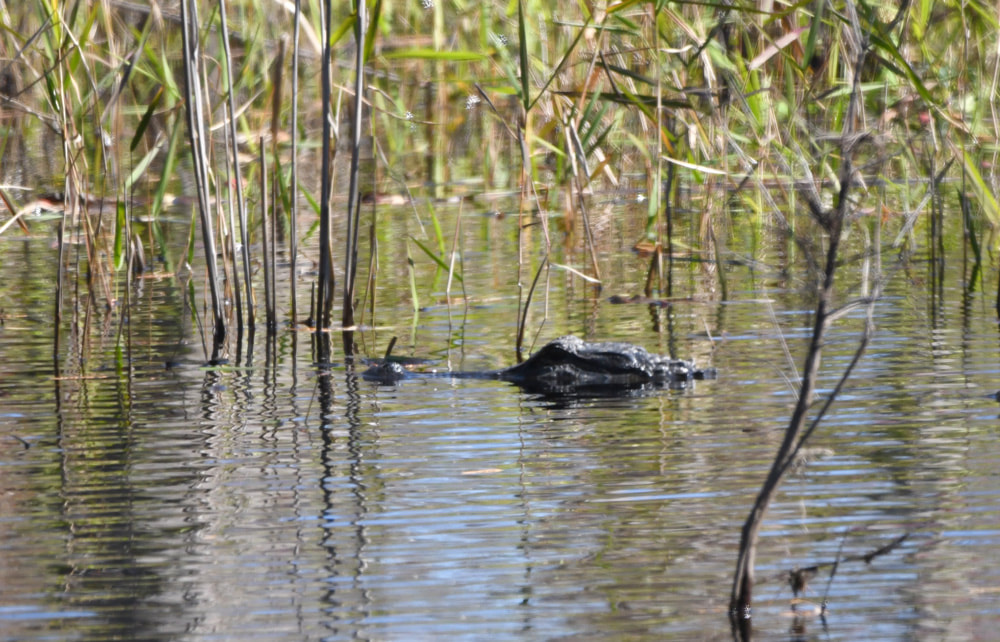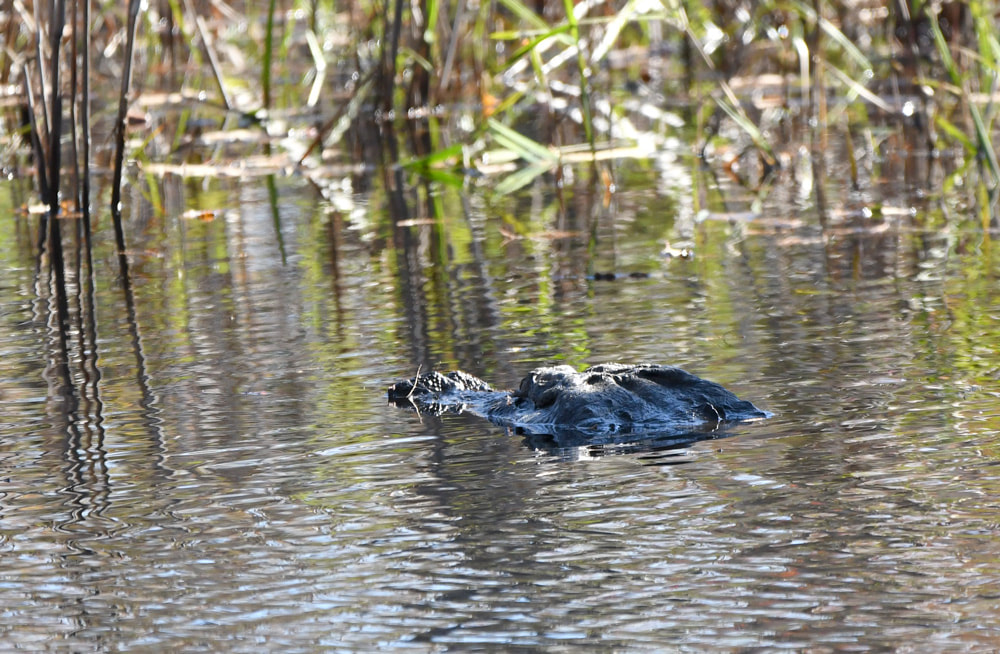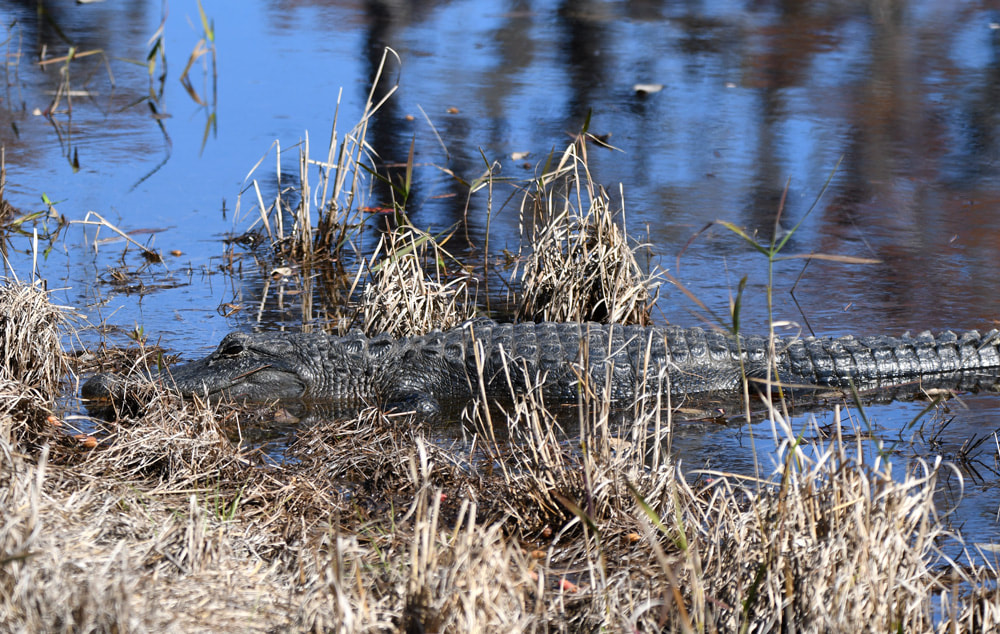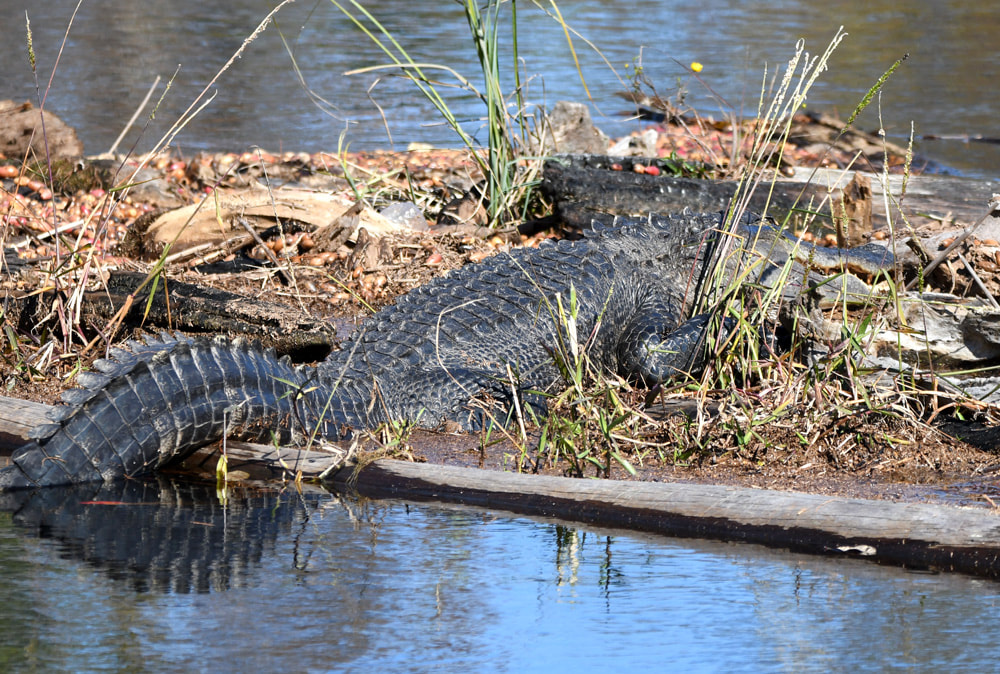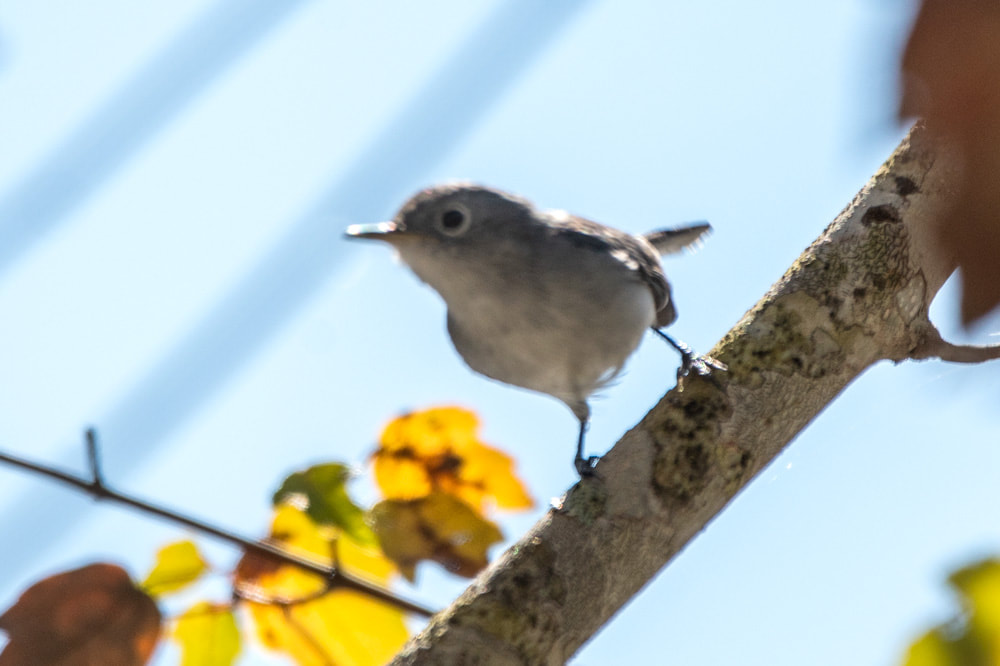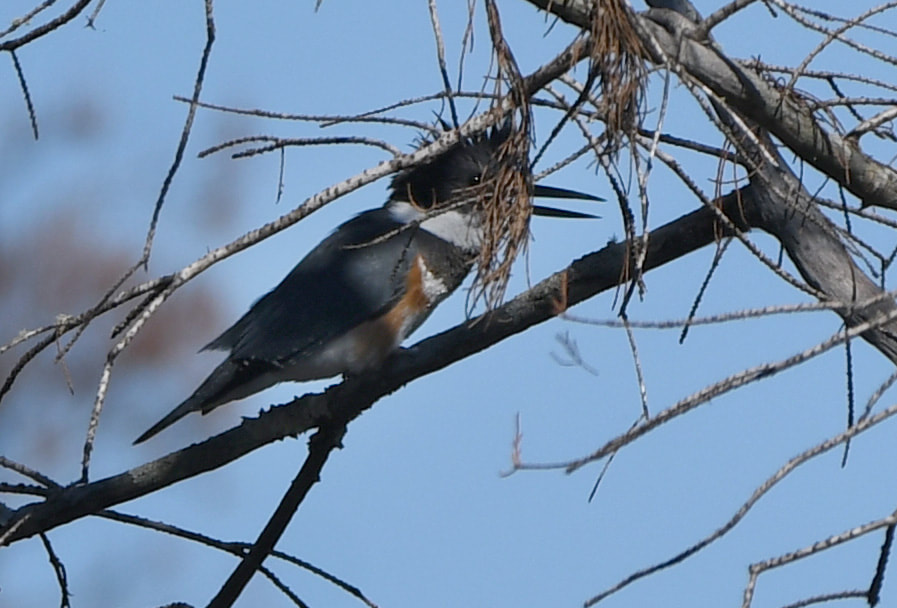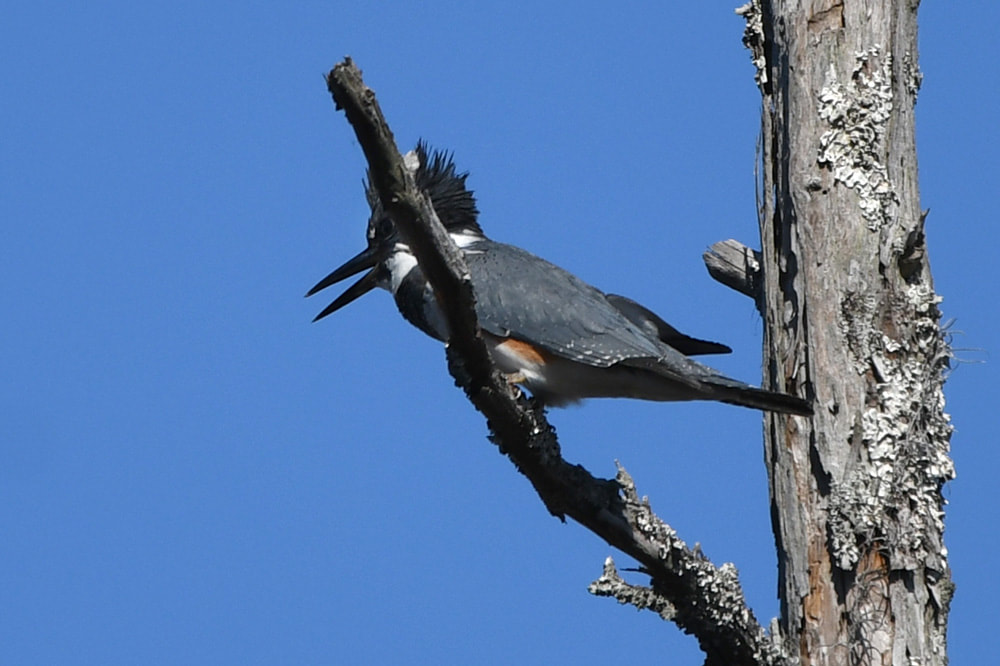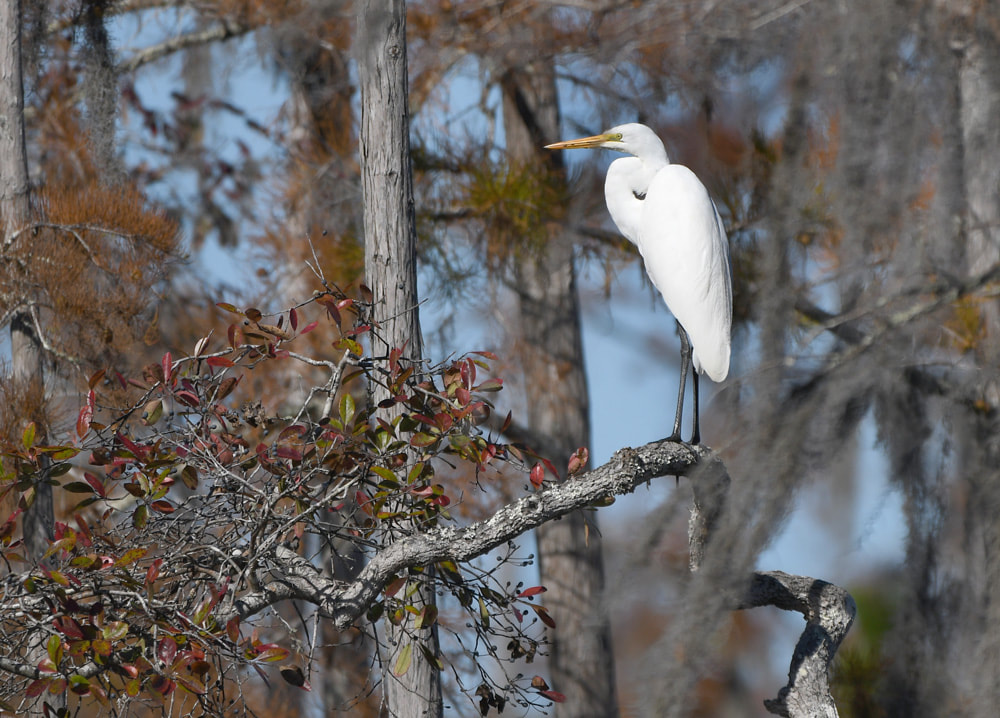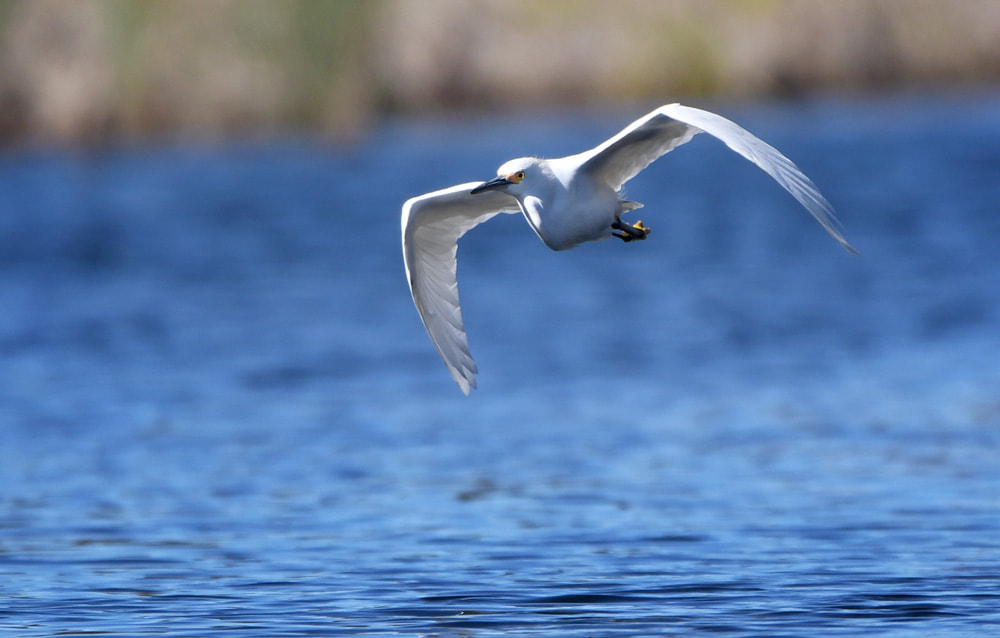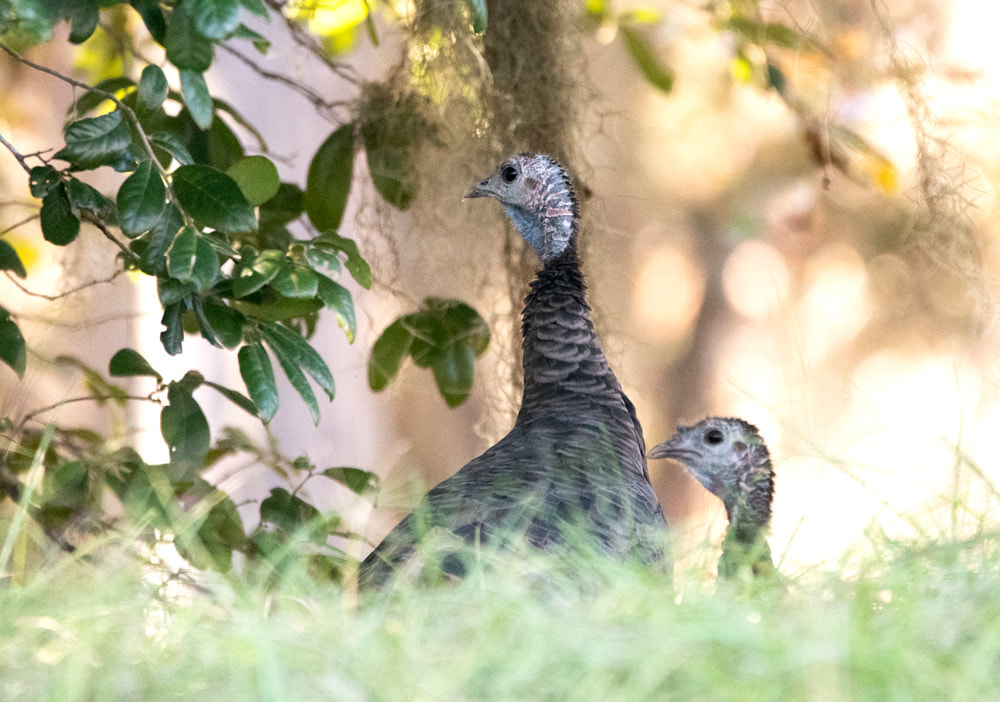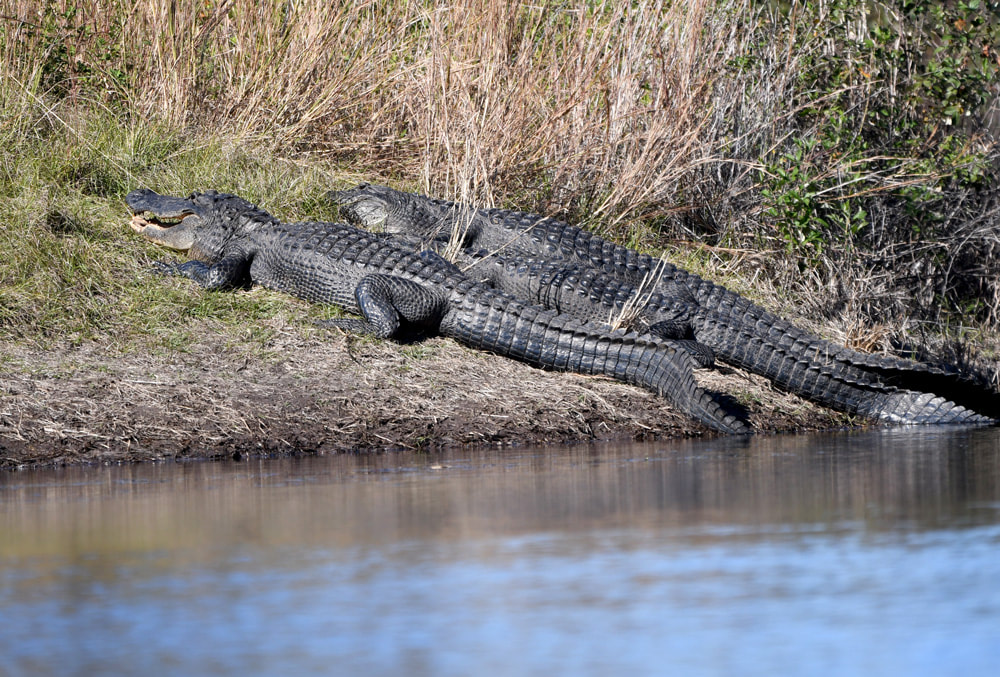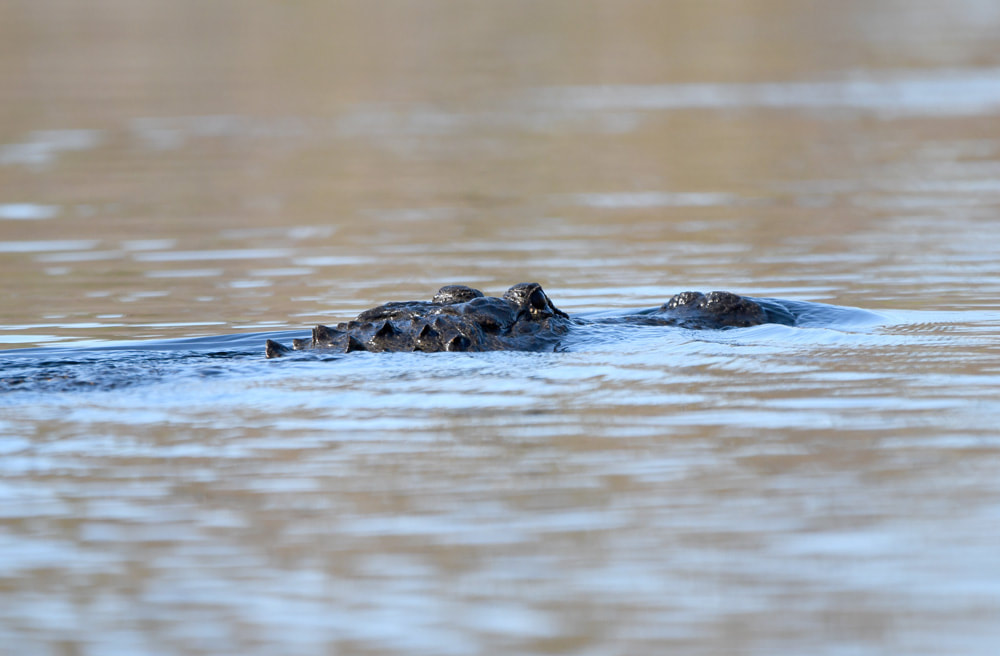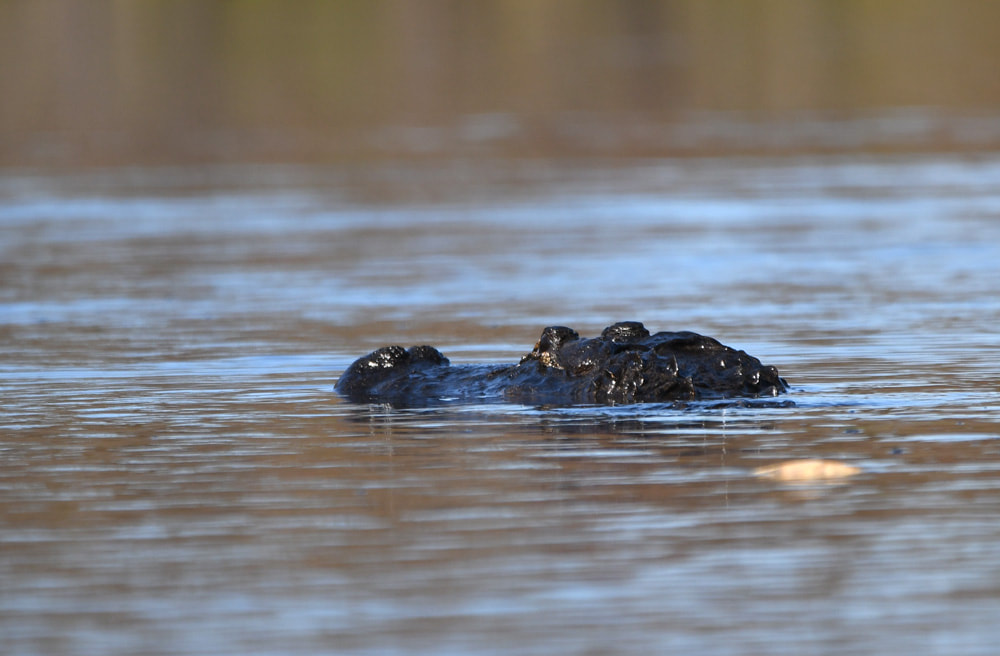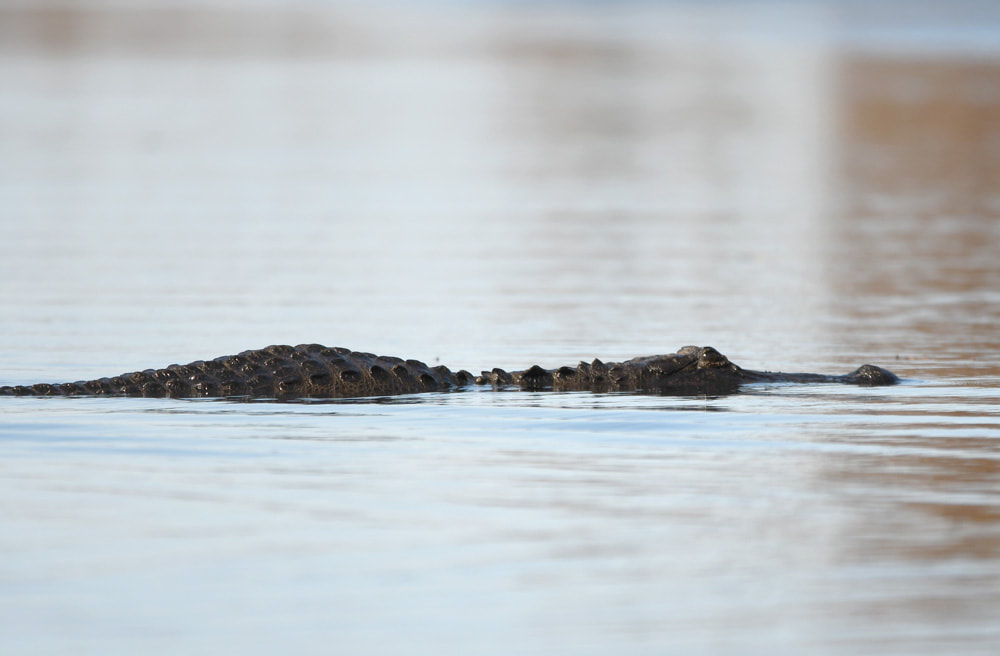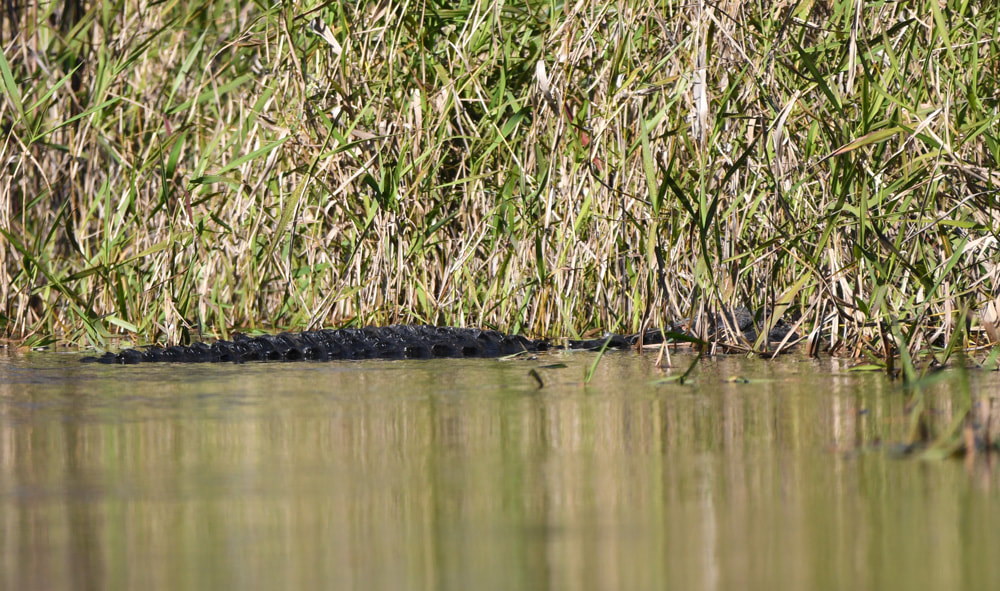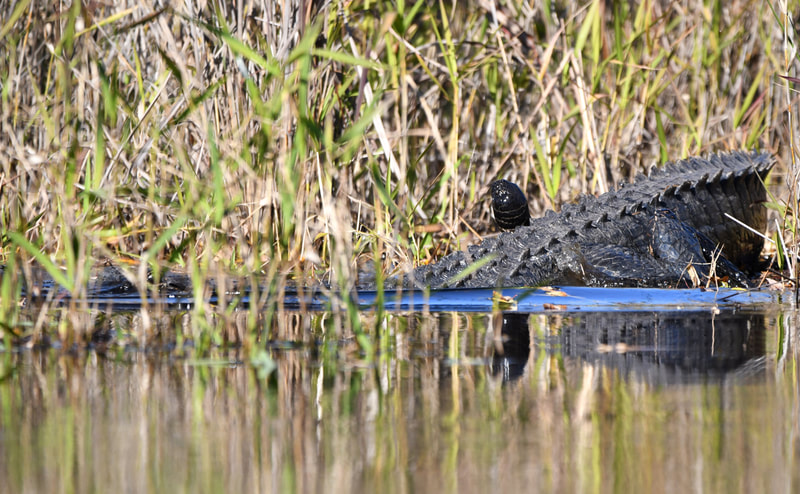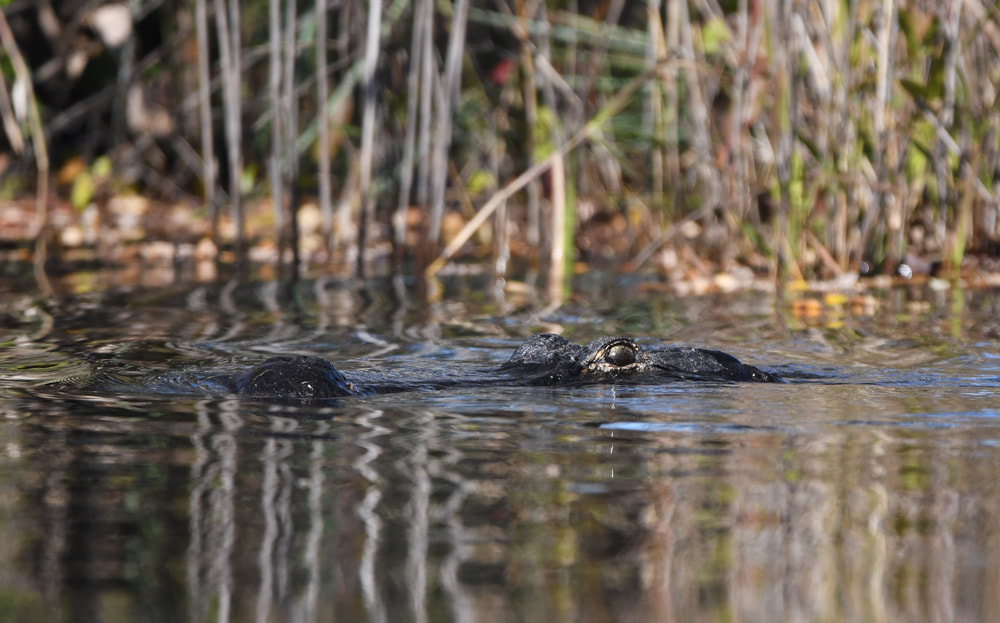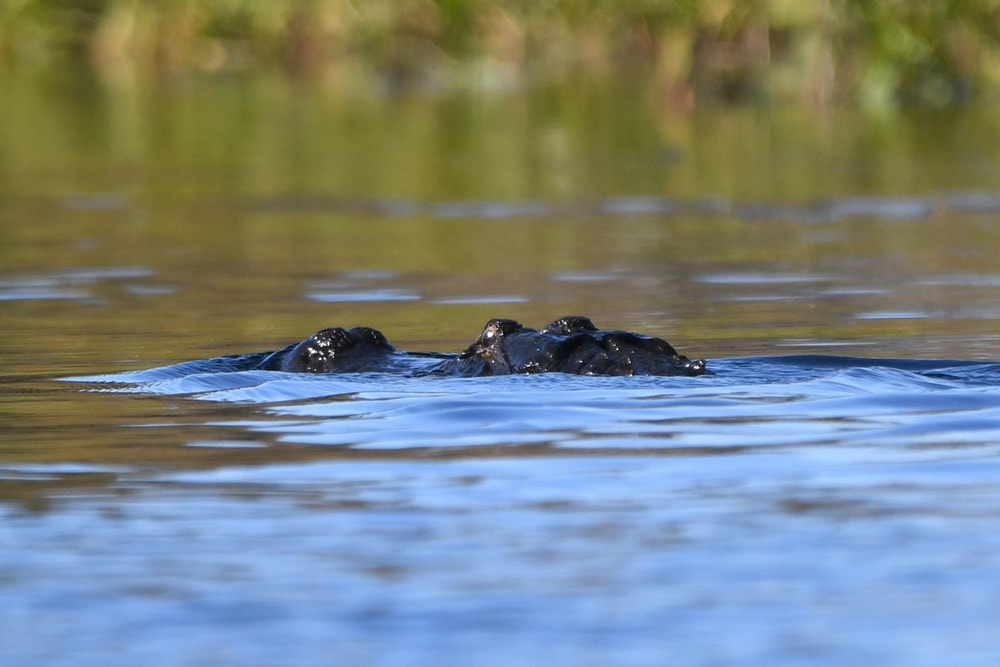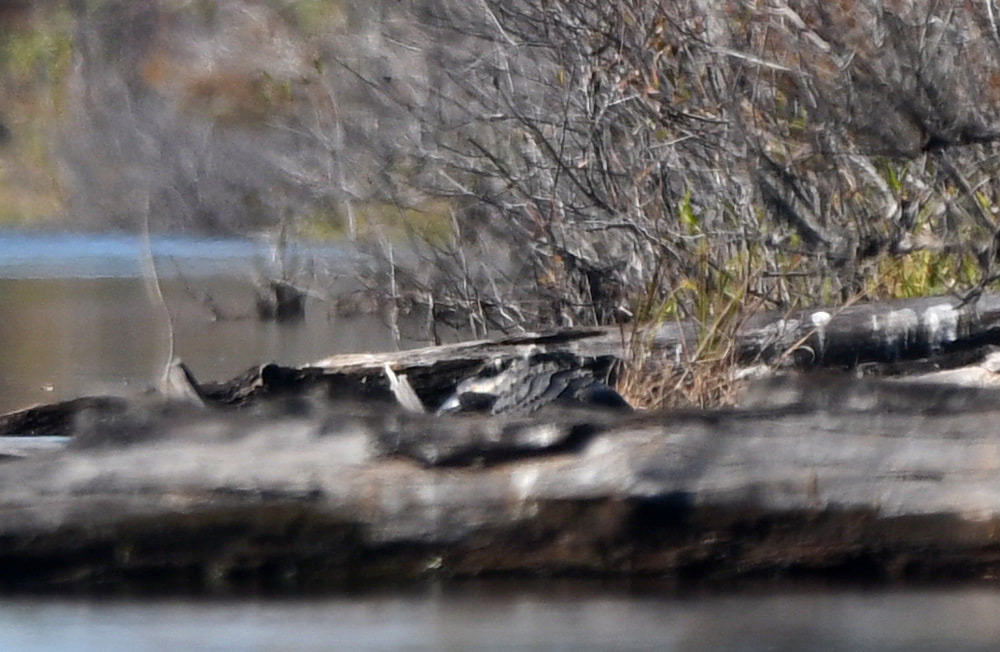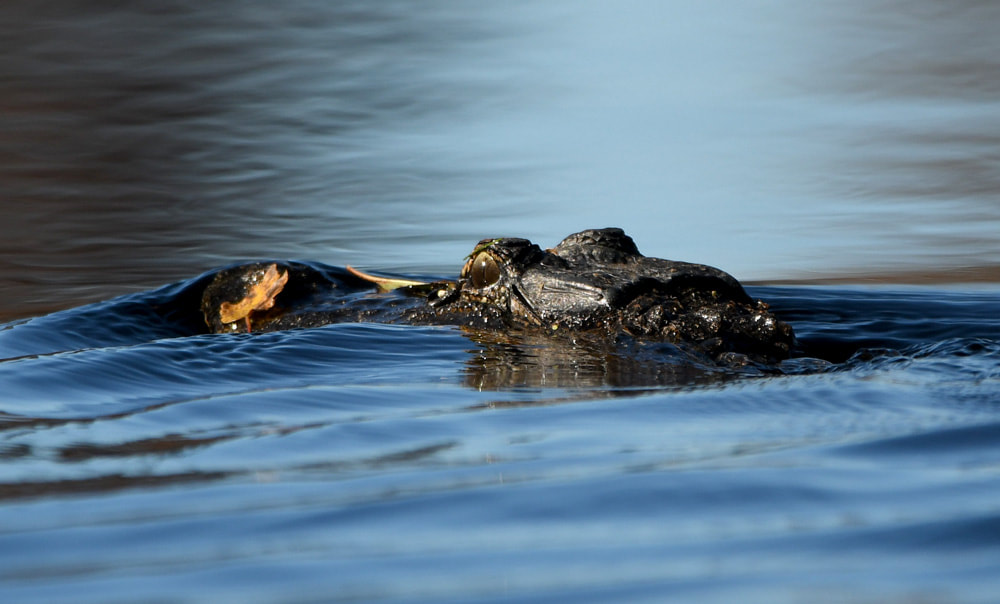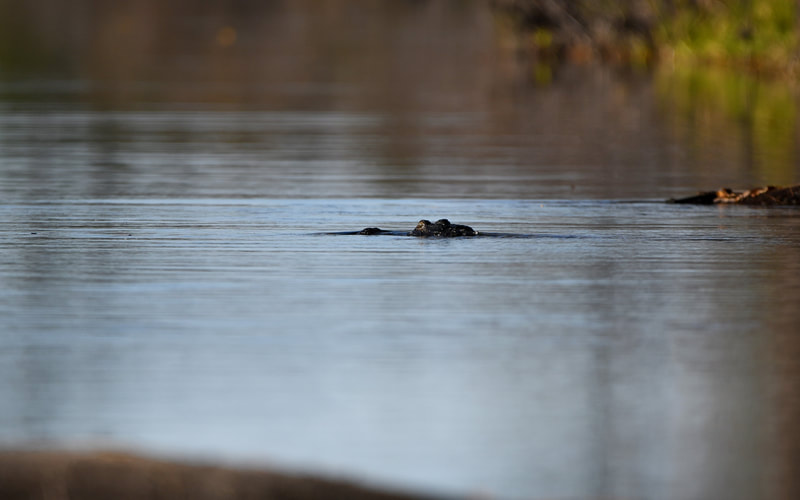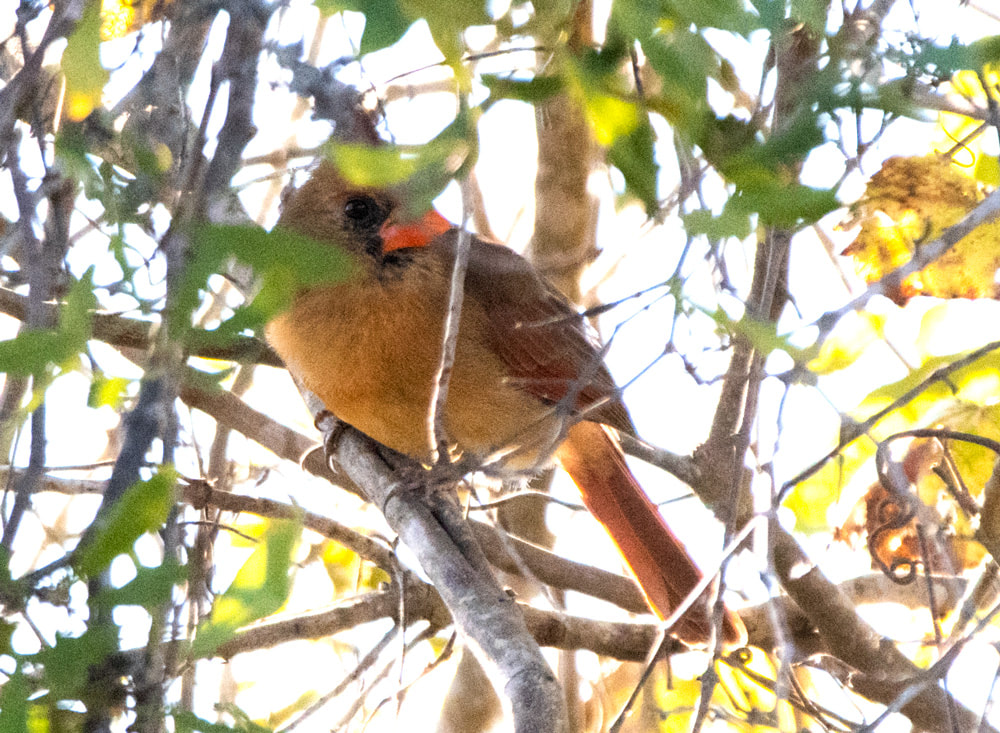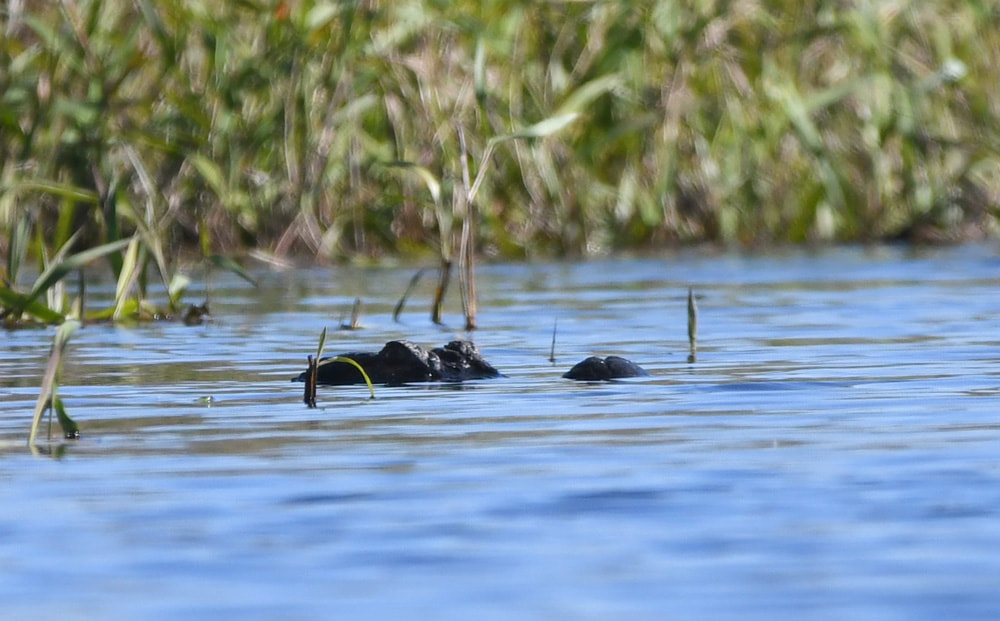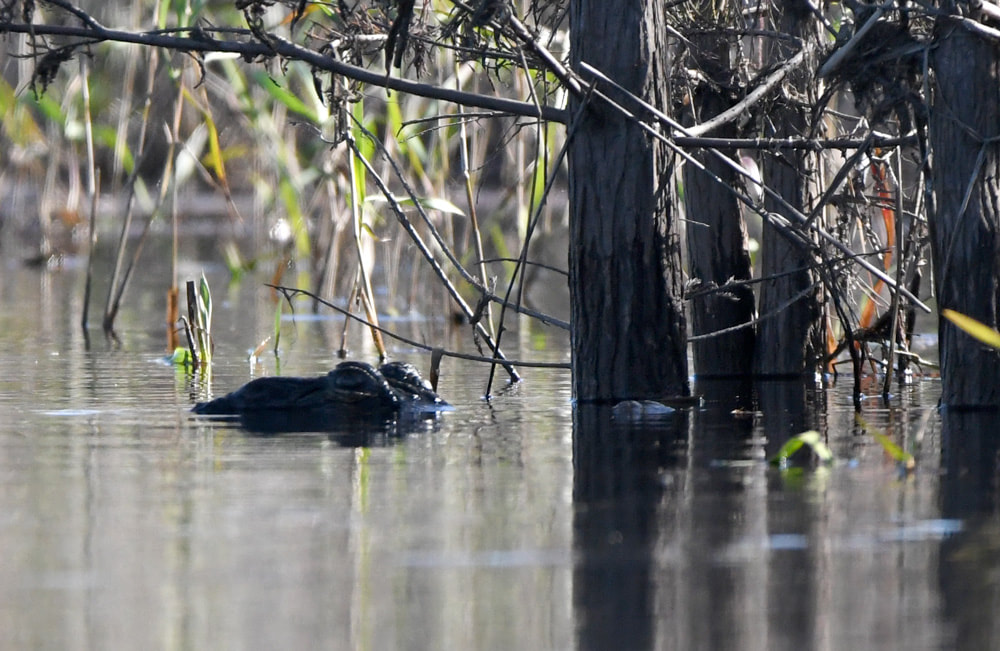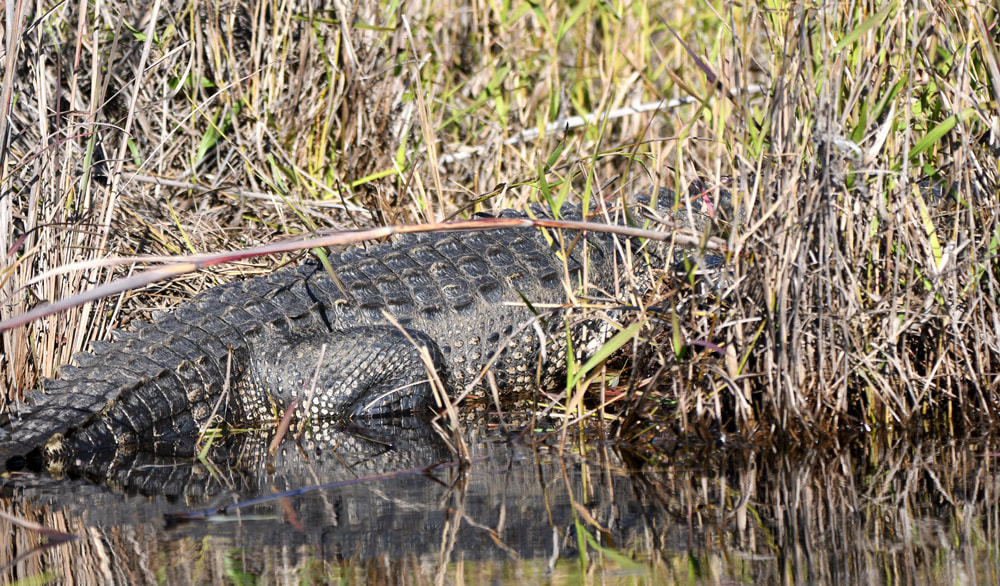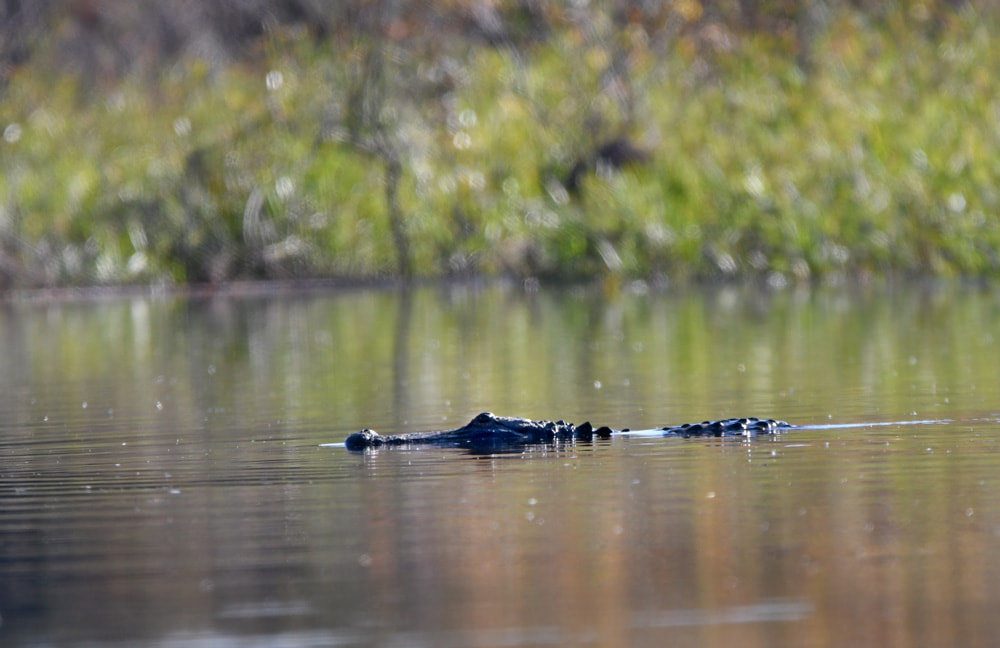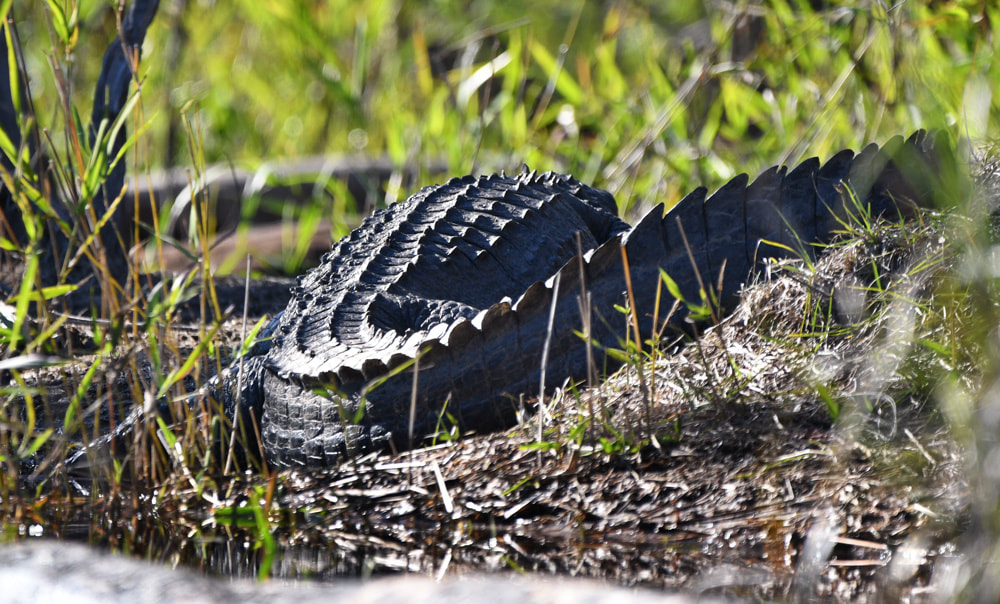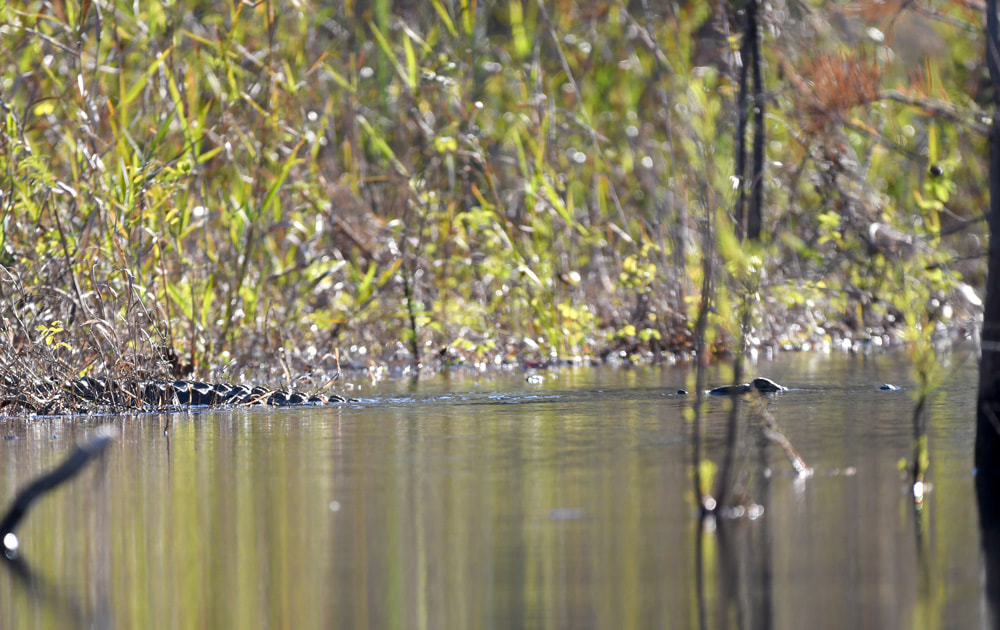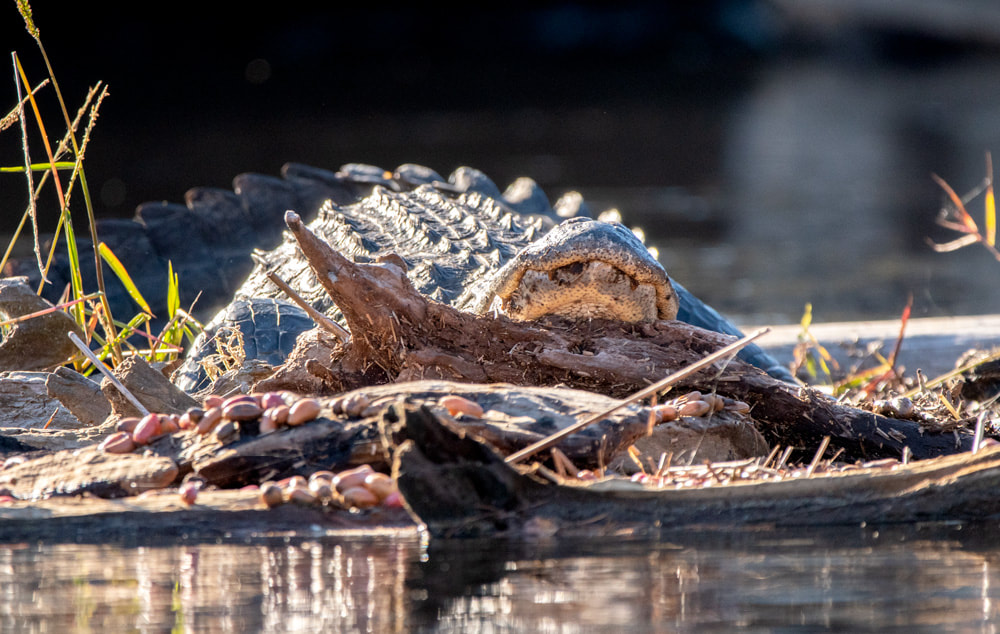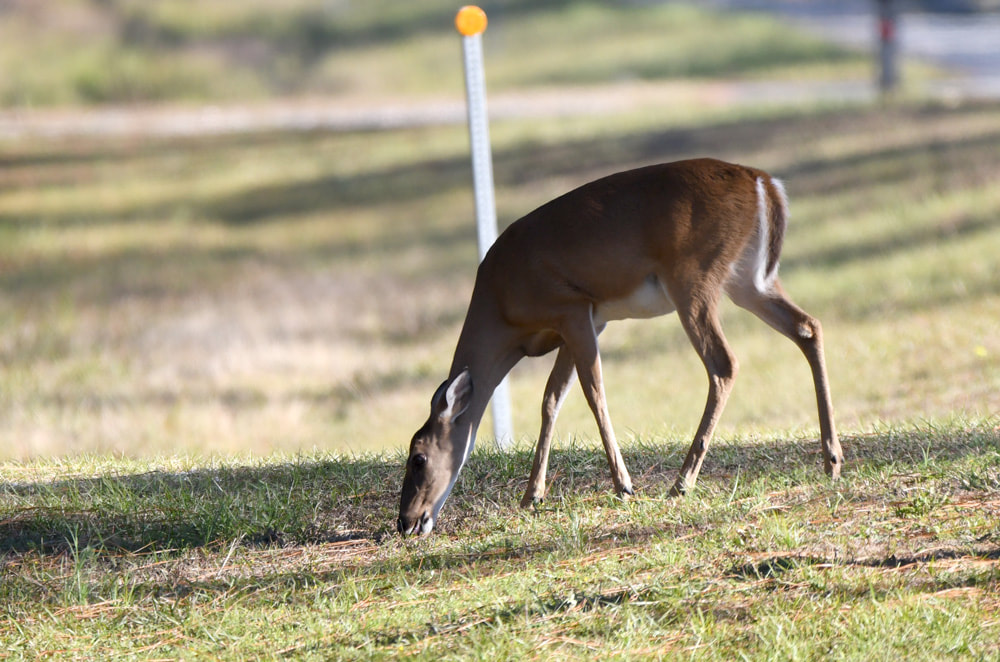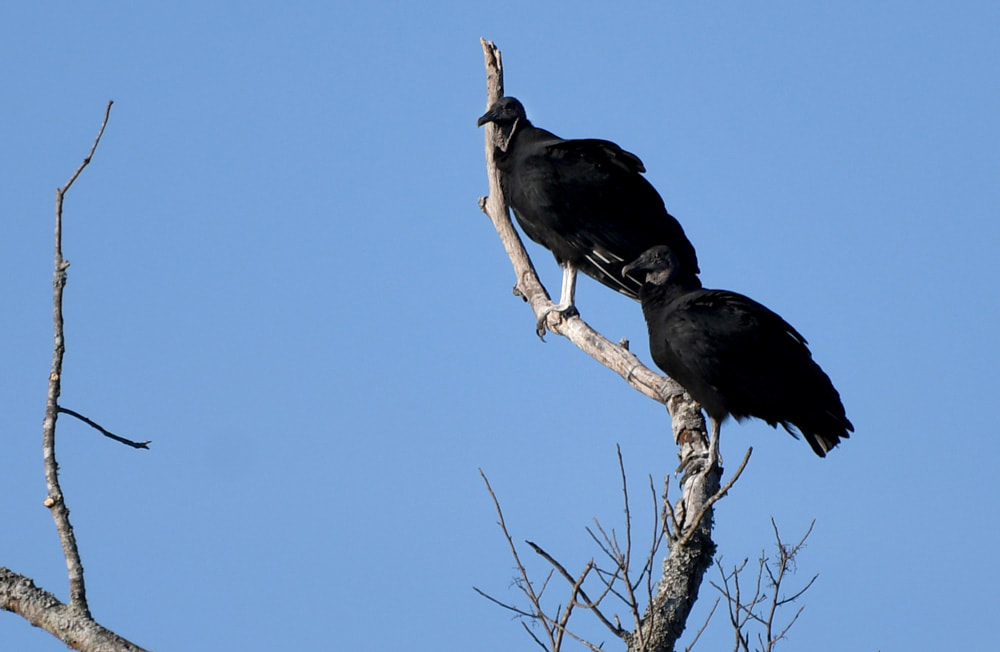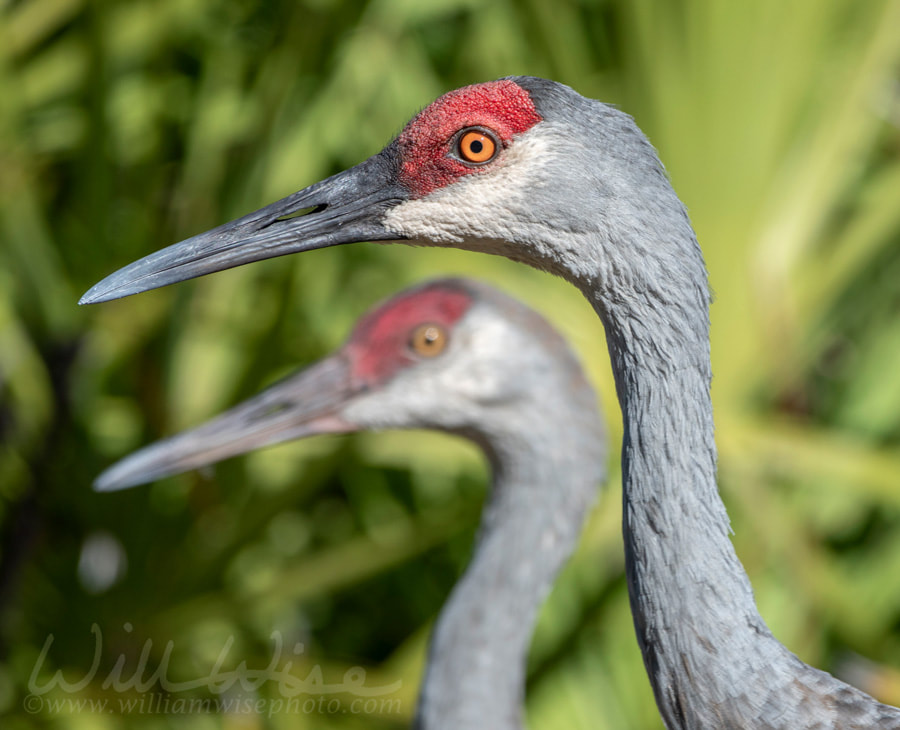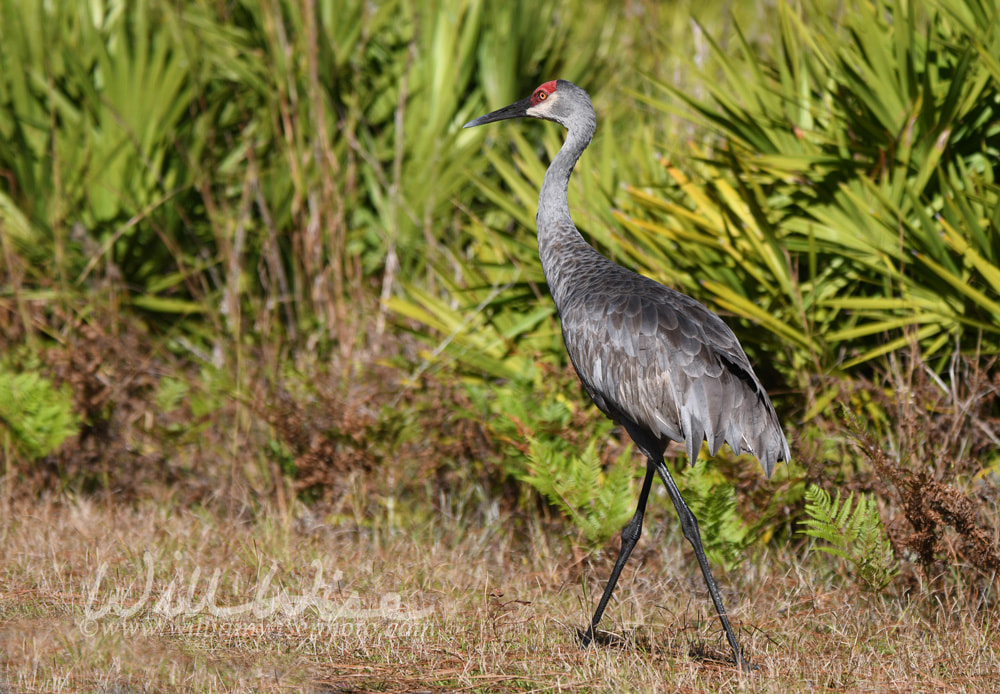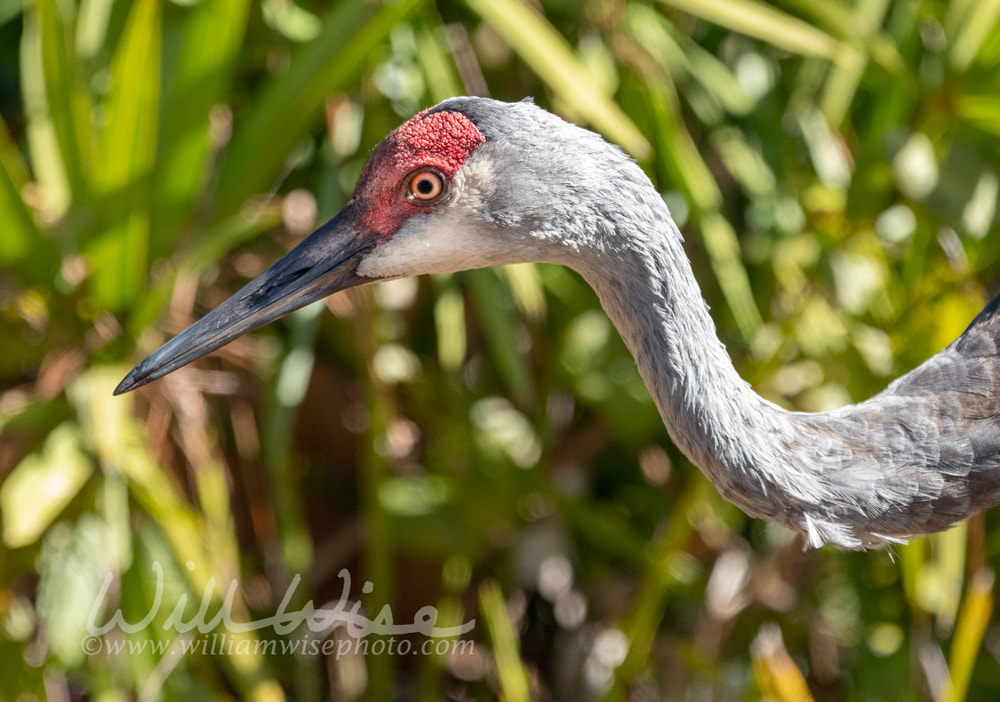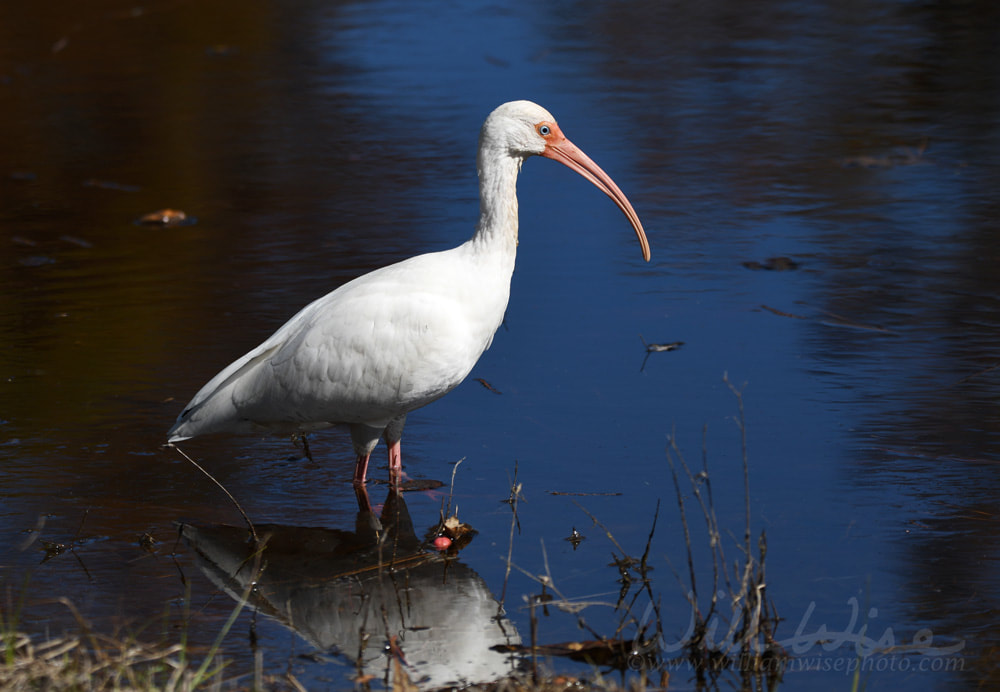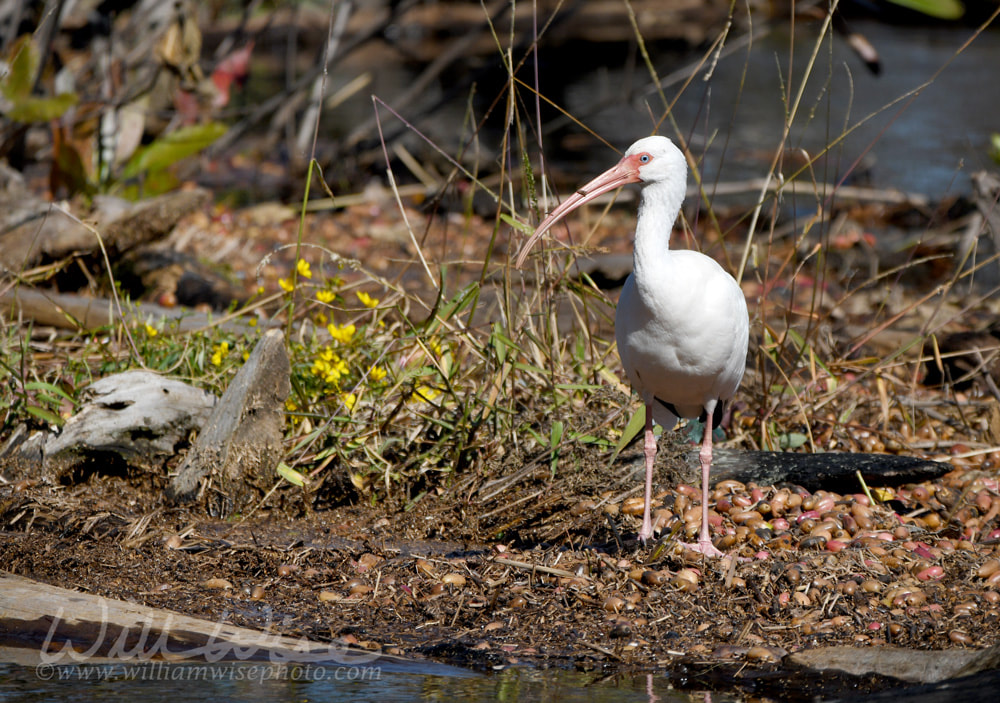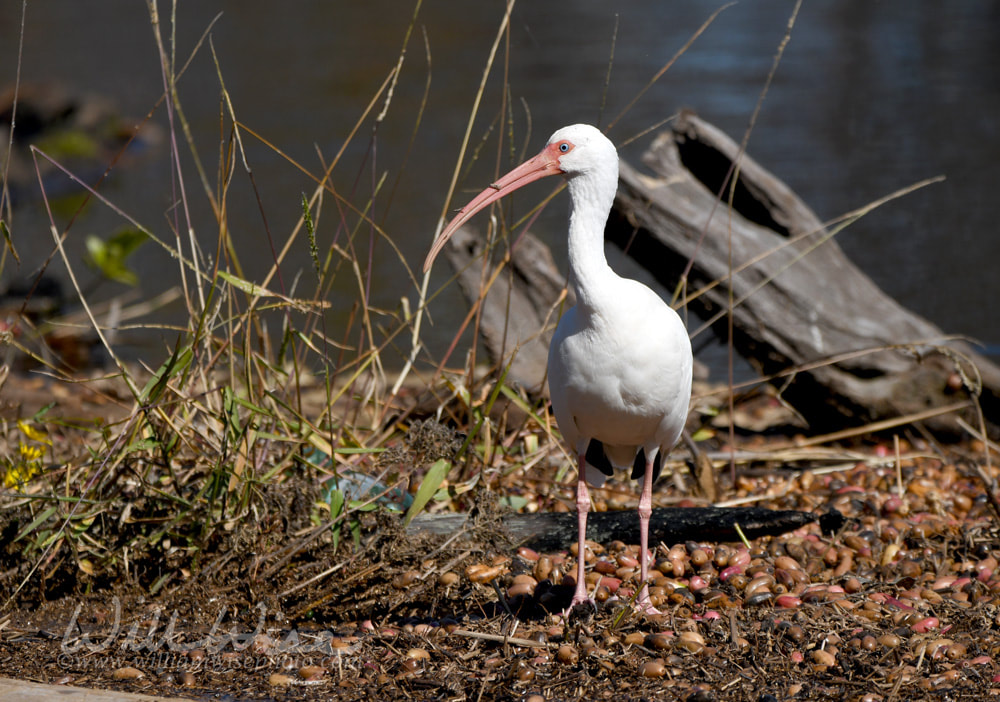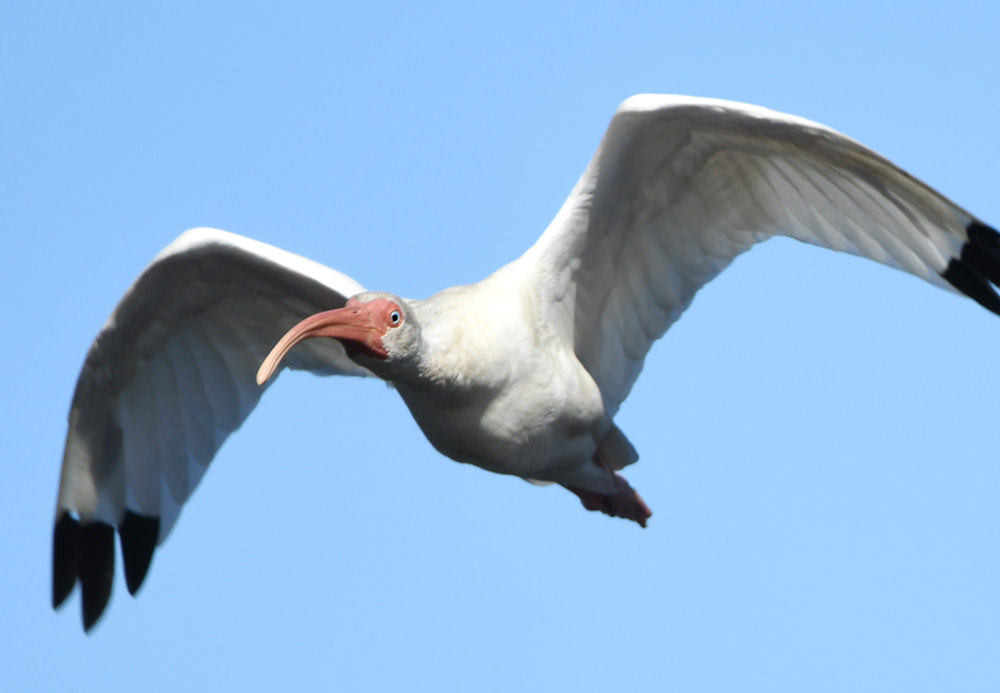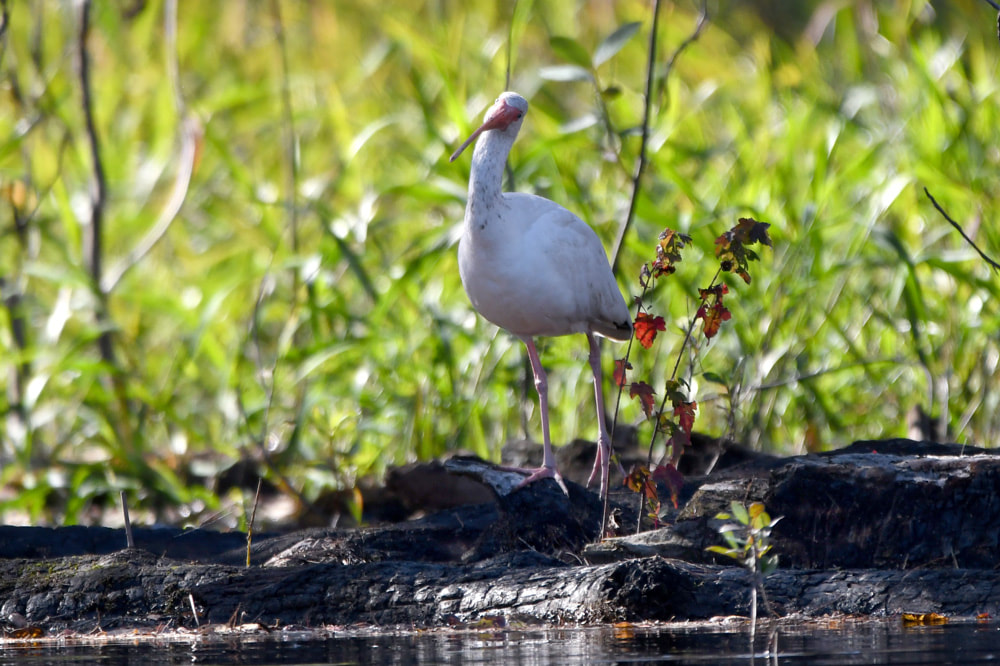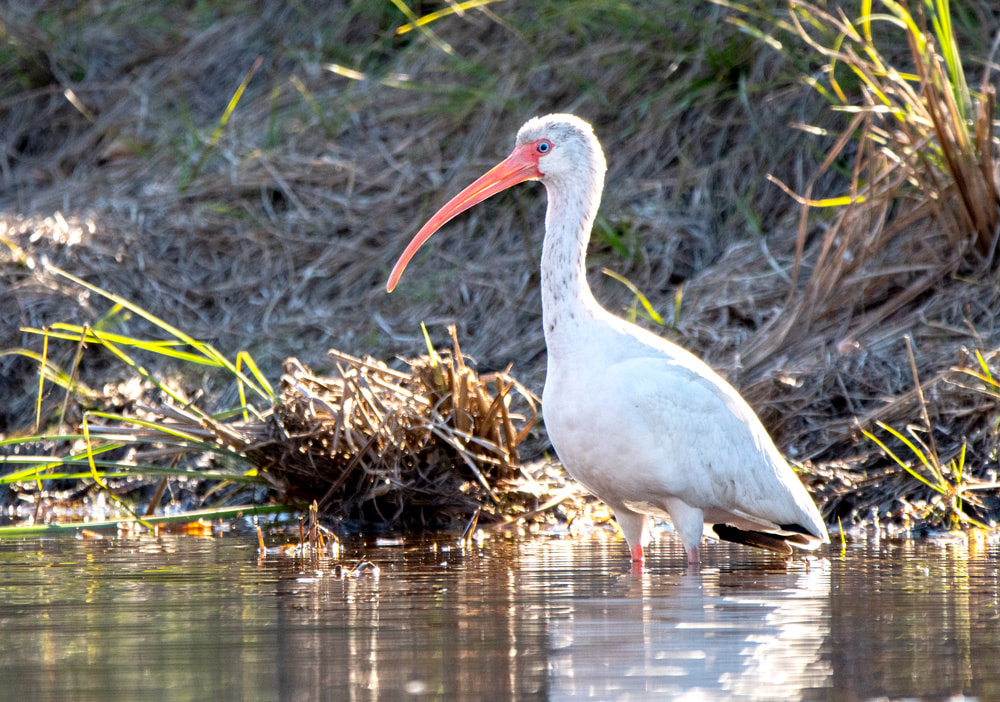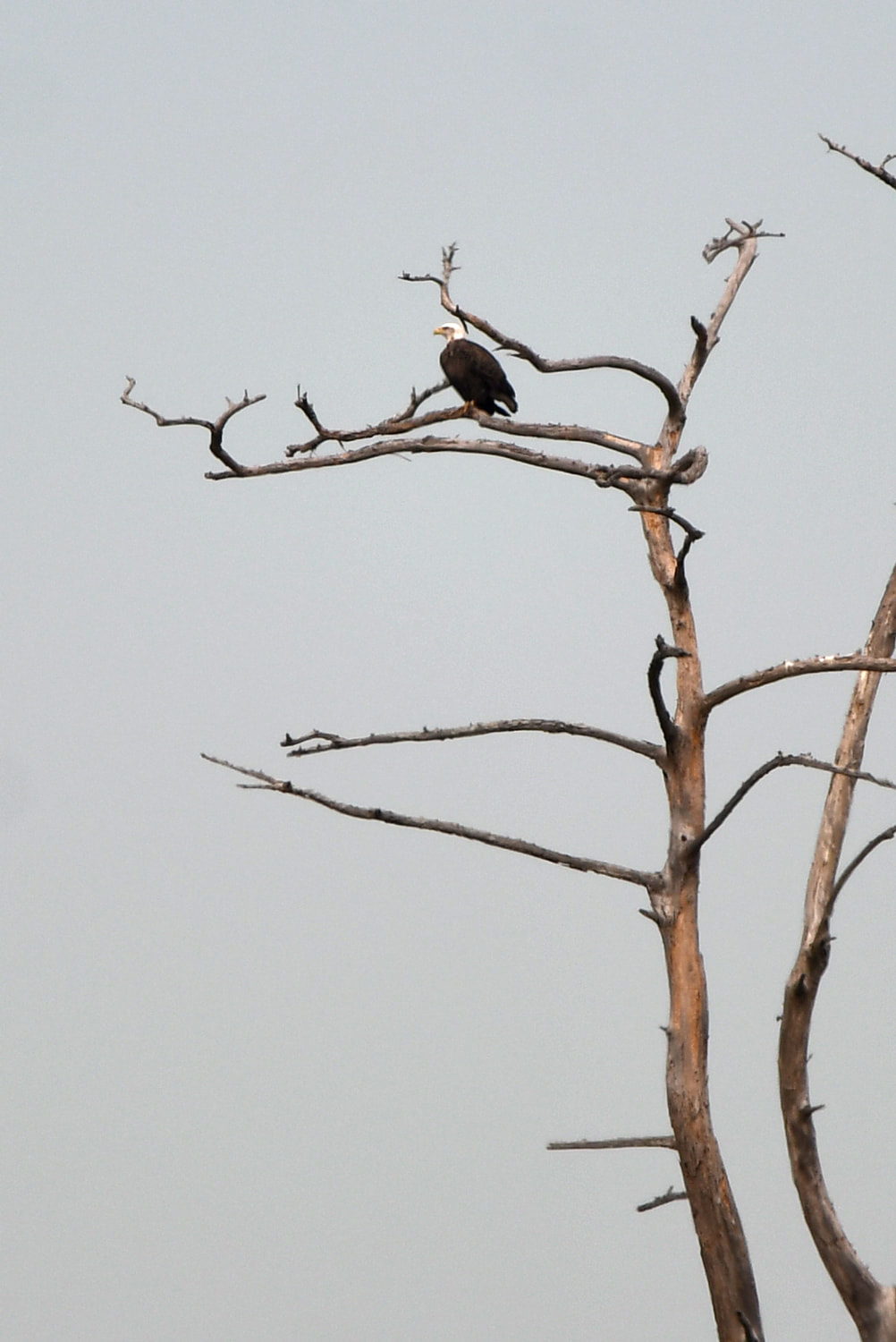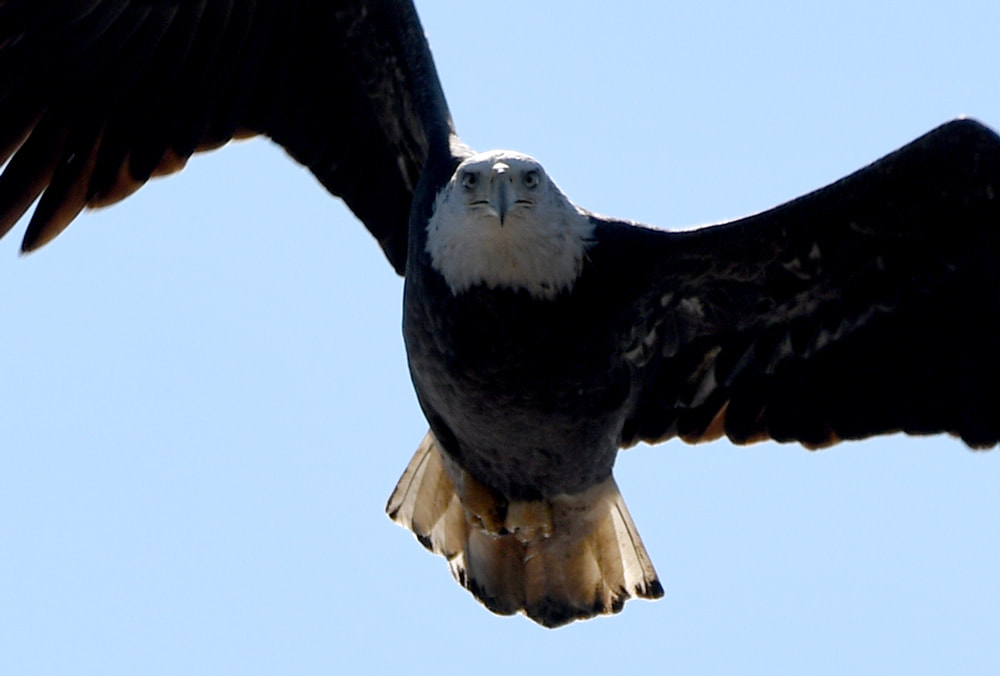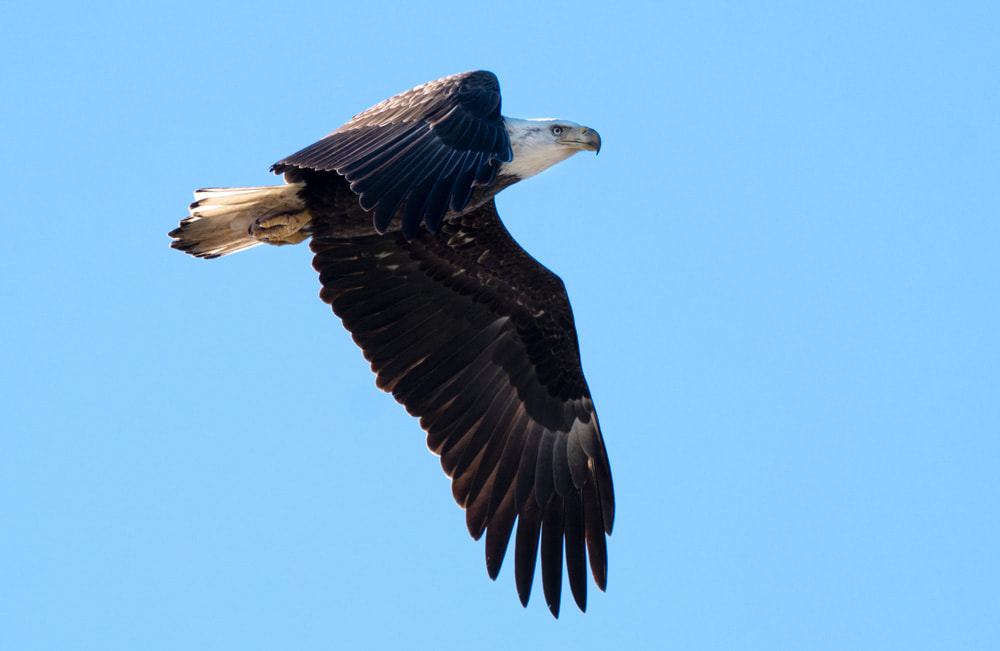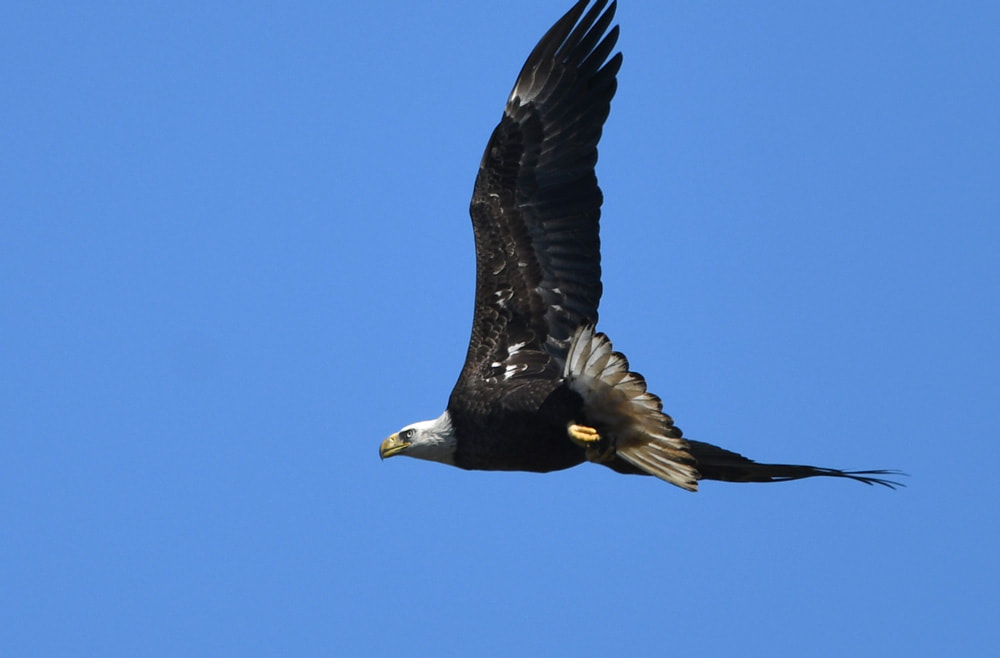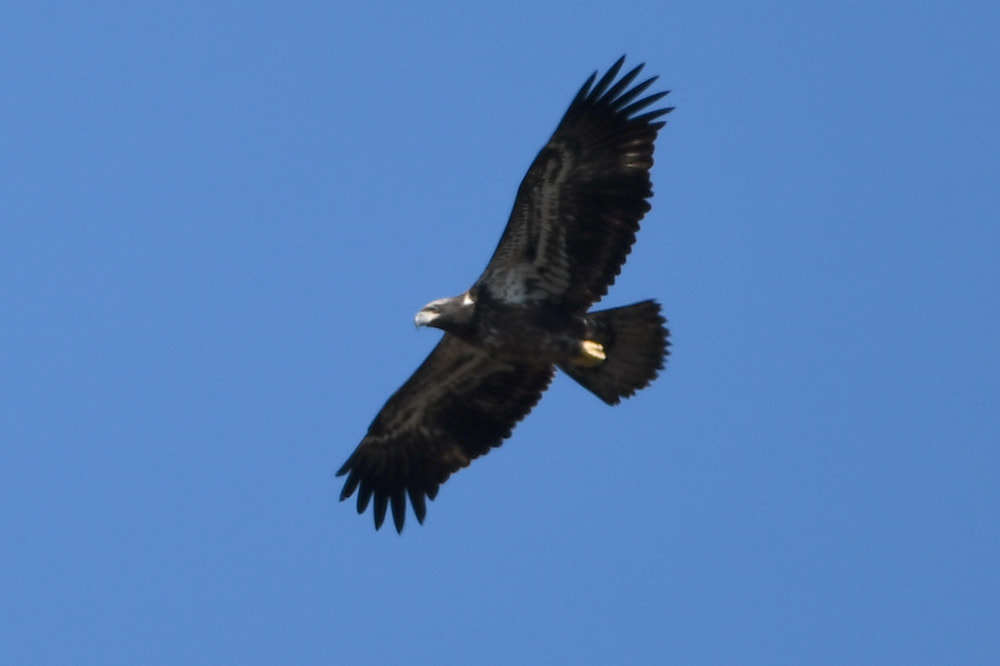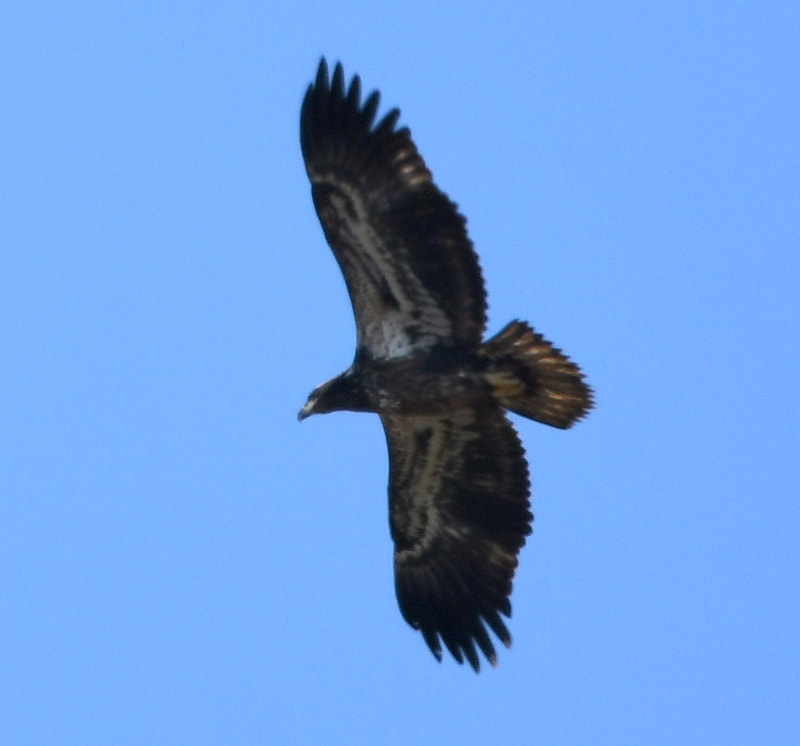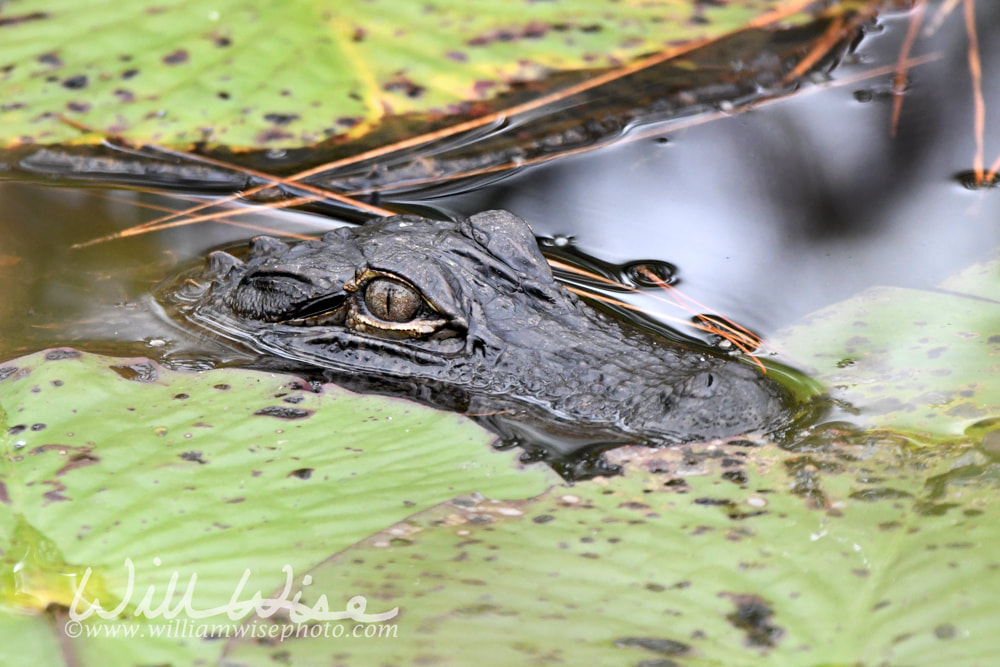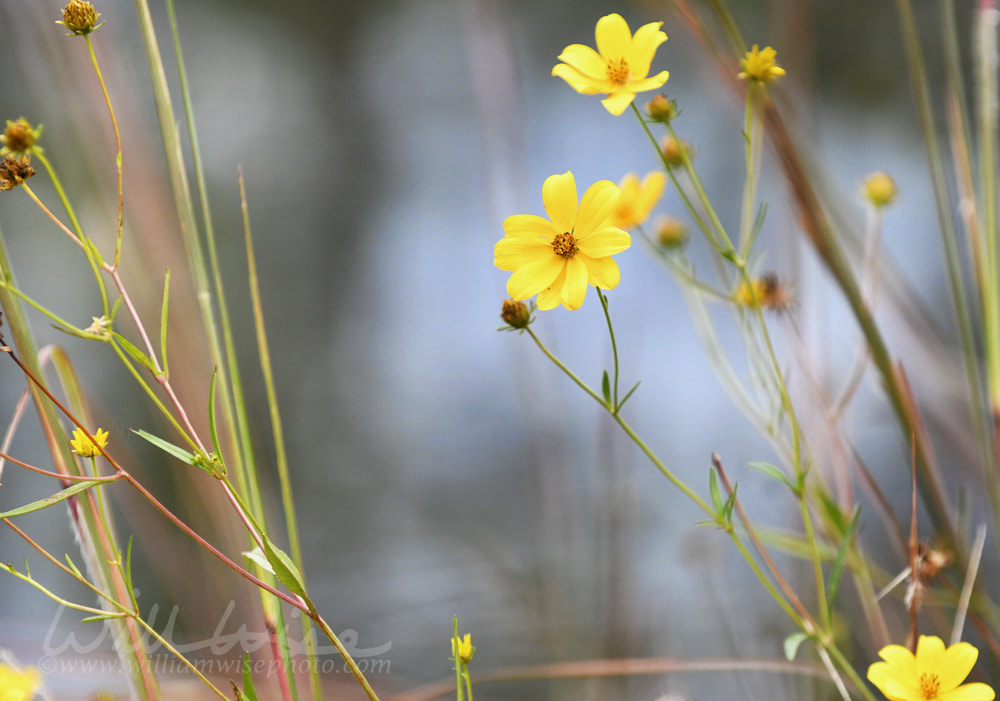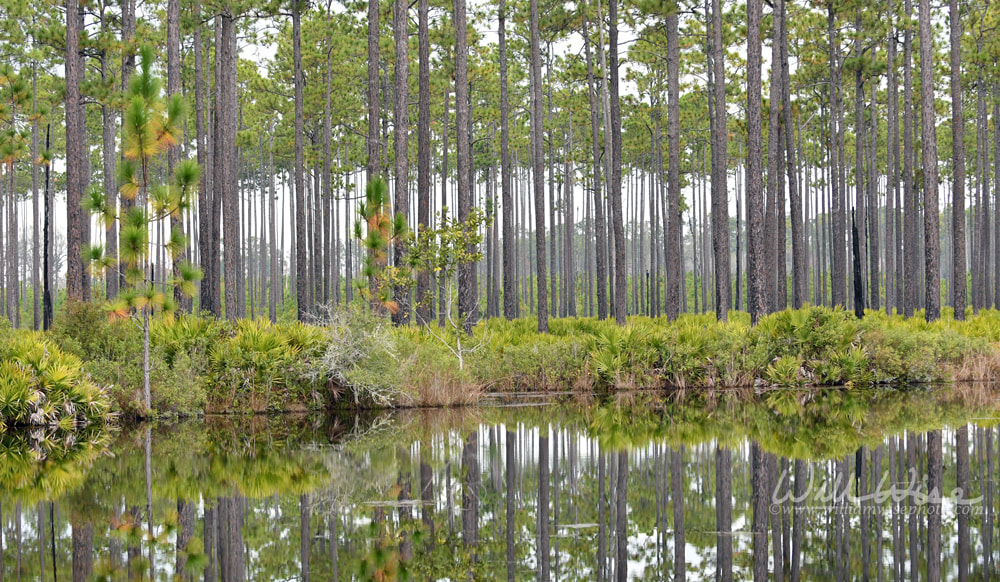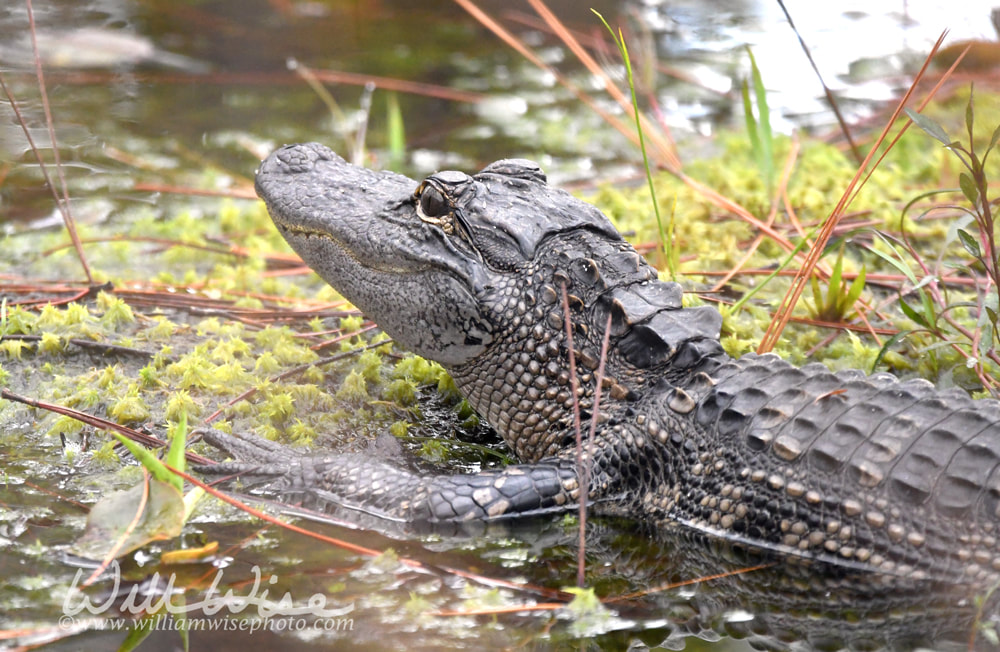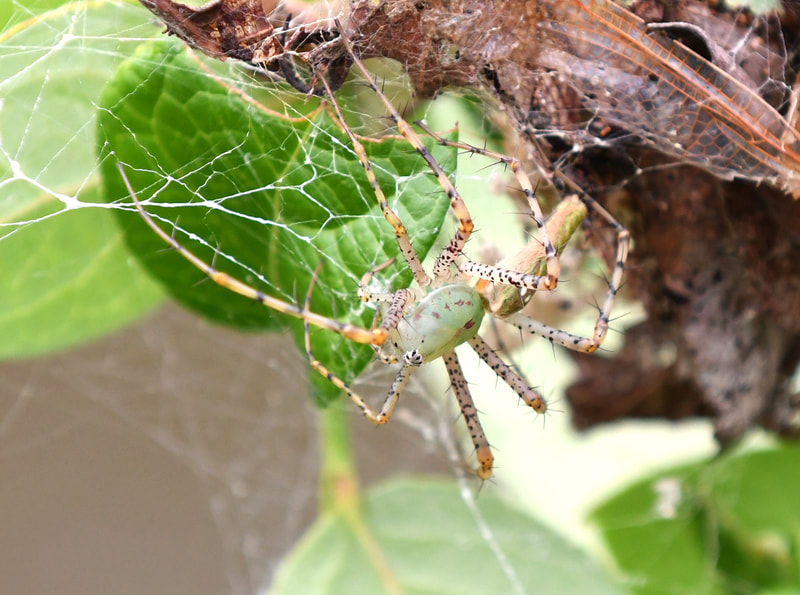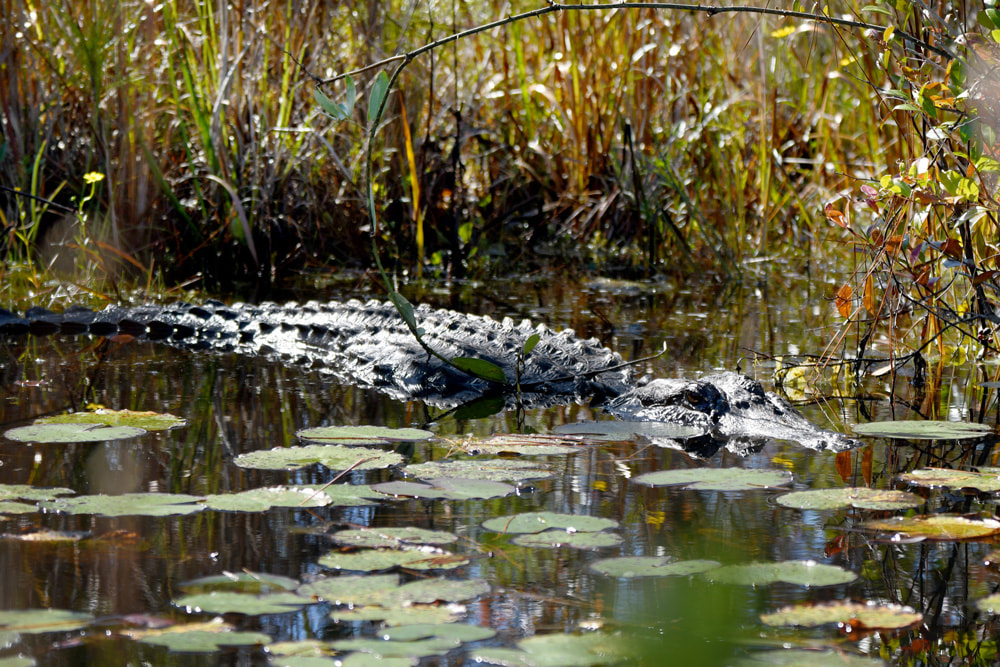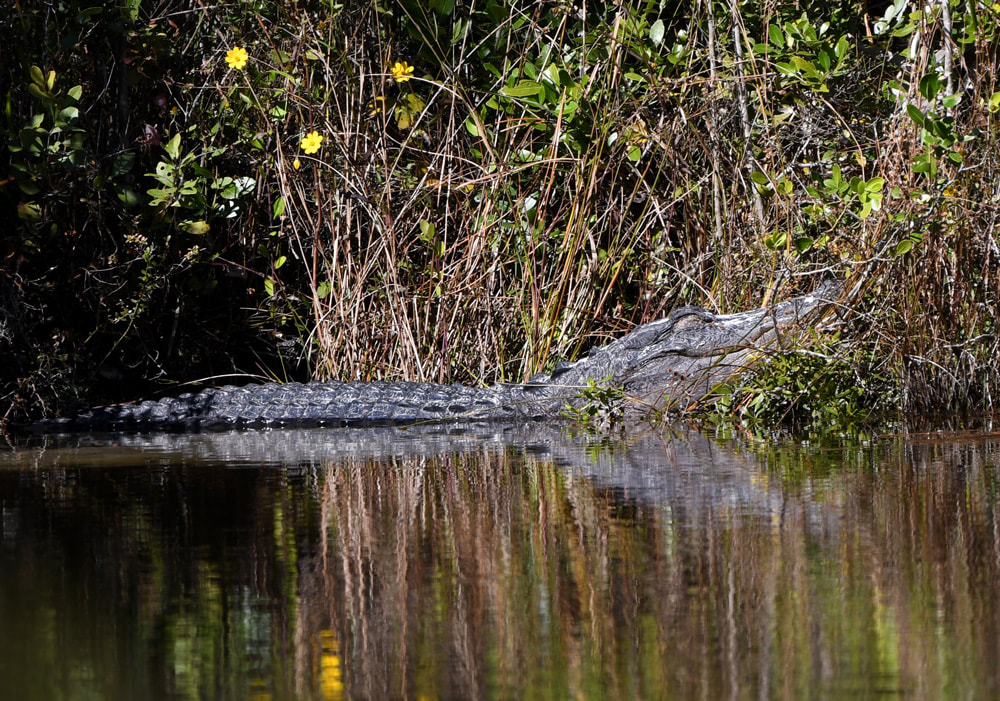
Animal Shelter Furtography is my collection of pet photography from the humane society animal shelter to find new homes dogs and cats needing rescue or adoption. The photographs are posted on several national pet adoption websites.
"Rocky" was a handsome German Shepherd dog picked up stray by an animal control officer on December 1, 2021. He was a popular boy while in the shelter and got 20 adoption applications. His owner showed up and claimed him on December 10, one day before his hold expiration.
0 Comments
When I arrive at the animal shelter for a day’s worth of adoption photography, not every pet is excited to see me. Many of the dogs and cats in the pound have suddenly found themselves away from the comforts of their home and in a totally new and alien environment. They aren’t feeling too welcoming, and often let me know! Instead of moving to the next and dooming that pet to no adoption photos, I usually try to have patience to see if we can make something good of a bad situation. Some of the cats will initially lay back their ears and hiss. I can’t blame them; I’d do the same to someone invading my space! But a few soft words and a couple of minutes can really change their demeanor. Many of the dogs can be frightened to find themselves in the loud kennel around strange people. I’ve found that simply sitting on the ground outside a dog’s kennel and giving it a few minutes to approach me will work wonders. I let them come to me, instead of forcing them into a photography session. But occasionally, there are some “bad dogs” that just won’t have any of a photo session. In the end, if I can make it work out, a good adoption photo always produces results and ends up as new homes for many of these homeless pets.

Animal Shelter Furtography is my collection of pet photography from the humane society animal shelter to find new homes dogs and cats needing rescue or adoption. The photographs are posted on several national pet adoption websites.
Coming into the animal shelter on a Wednesday morning, I saw this cute little Labrador mixed pup. He had been picked up running around by an animal control officer and was brought to the pound. Up to that point, no owner had come to claim him. So it was my job to get some great photos and get him adopted into a new home!
Donny enjoyed it outside in the warm, fall sunrise. I sat with him a bit, petting him and reassuring him so he'd be comfortable for our photoshoot. It didn't take long and Donny was striking some handsome poses. His adoption photos went up on several adoption websites and he left the animal shelter for a new home on November 16, 2021! 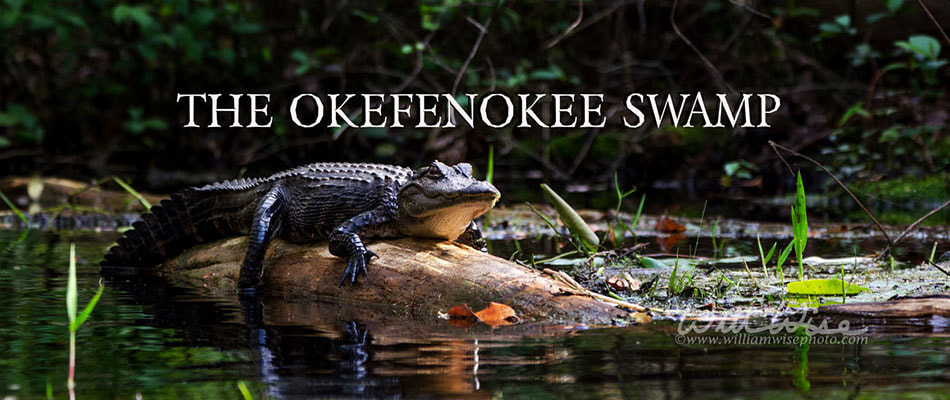 Okefenokee Photography by William Wise. A nature photo journal exploration of Georgia's Okefenokee Swamp, the Land of Trembling Earth, one of the largest blackwater swamps in North America. The alligators, birds, snakes and wildlife of Okefenokee National Wildlife Refuge and Stephen C Foster State Park. -- "What a wildly wonderful world, God! You made it all, with Wisdom at Your side, made earth overflow with your wonderful creations." Psalms 104 The Message 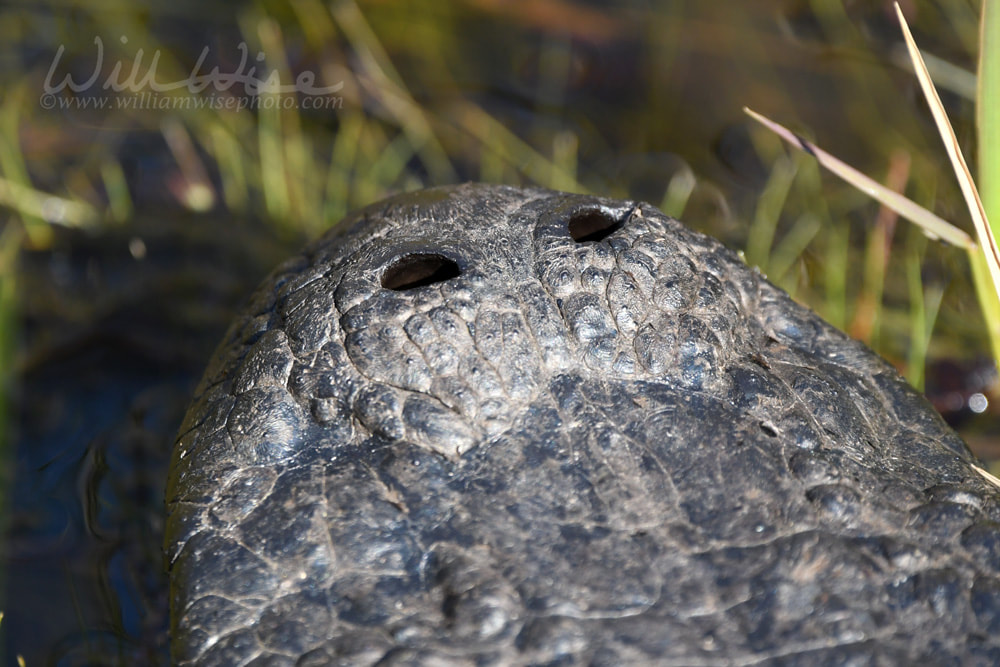 An American Alligator laying alongside the Chesser Island Boardwalk allowed ample opportunity for some close-up study. Alligator's have upward facing nostrils at the end of the snout that allow it to breath while the body is underwater. The nostrils have flaps which close when the alligator is submerged. Okefenokee National Wildlife Refuge, Georgia, USA. The American Alligator is perfectly designed for the swamp habitats that they frequent. The eyes and nostrils protrude above the plane of the snout so that the body and head can be totally submerged yet they still can see and breath. The nostrils are positioned on a fleshy mound at the tip of the alligator’s snout. The nostrils can close like a valve when submerging to prevent breathing in water. Sensitive nerve endings around the nostrils signal the alligator to close its nostrils as they touch the water’s surface. In the colder winter months, a gator may submerged for days with just its nostrils poking above the surface. Chesser Island Boardwalk; Okefenokee National Wildlife Refuge, Georgia.  Okefenokee Photography by William Wise. A nature photo journal exploration of Georgia's Okefenokee Swamp, the Land of Trembling Earth, one of the largest blackwater swamps in North America. The alligators, birds, snakes and wildlife of Okefenokee National Wildlife Refuge and Stephen C Foster State Park. -- "What a wildly wonderful world, God! You made it all, with Wisdom at Your side, made earth overflow with your wonderful creations." Psalms 104 The Message One bird always guaranteed to be seen in the Okefenokee Swamp is the Turkey Vulture. In the hot summer months when most birds are hiding in the shade, or in the late fall and winter when other birds have migrated on, the Turkey Vulture is often the only bird seen circling overhead. The eBird frequency chart shows a thick blue line every month through the year, graphically representing its continuous presence, and showing it be more frequently observed than its cousin the Black Vulture. Even in the days of naturalists Albert Wright and Francis Harper (1913), the Turkey Vulture was a common sight. They write in The Auk, “TURKEY VIULTURE; 'Buz- zard.'- Common throughout the swamp. The natives have never found its nest. They told us, however, of several roosts, including one at Mud Valley (south of Billy's Lake) and another in the dead tops of some cy- presses in a small 'head' on Floyd's Island Prairie. It is astonishing how soon the Buzzards appear over a spot where an alligator has been shot, and how quickly they transform its carcass into a bare skeleton.” Suwannee River Sill; Okefenokee National Wildlife Refuge, Georgia. Wright, Albert and Francis Harper. A Biological Reconnaissance of the Okefinokee Swamp: The Birds. The Auk, Vol. 30, No. 4 (Oct., 1913), pp. 477-505 Published by: Oxford University Press.
 Okefenokee Photography by William Wise. A nature photo journal exploration of Georgia's Okefenokee Swamp, the Land of Trembling Earth, one of the largest blackwater swamps in North America. The alligators, birds, snakes and wildlife of Okefenokee National Wildlife Refuge and Stephen C Foster State Park. -- "What a wildly wonderful world, God! You made it all, with Wisdom at Your side, made earth overflow with your wonderful creations." Psalms 104 The Message The Double-crested Cormorant is a strange looking bird. Cornell’s website www.allaboutbirds.org states, “They look like a combination of a goose and a loon.” They are quite common throughout the Okefenokee Swamp and I’ve seen them on every visit, and within every type of habitat within the swamp. Like the Anhinga, the Double-Crested Cormorant does not have oil glands like the ducks. Instead of floating on the surface, it is able to dive and swim underwater for long periods of time and, as I have seen myself, for some good distances. I have sat and waited for a Cormorant to resurface for a photograph, only to have it pop up many yards away. Nannopterum auritum’s main staple is fish. Since it lacks the buoyancy made possible by the oil glands, it often swims the surface with just its head out of the water. Once it is done fishing, it perches nearby, often with its wings spread in order to dry out. Suwannee River Sill; Okefenokee National Wildlife Refuge, Georgia.  Okefenokee Photography by William Wise. A nature photo journal exploration of Georgia's Okefenokee Swamp, the Land of Trembling Earth, one of the largest blackwater swamps in North America. The alligators, birds, snakes and wildlife of Okefenokee National Wildlife Refuge and Stephen C Foster State Park. -- "What a wildly wonderful world, God! You made it all, with Wisdom at Your side, made earth overflow with your wonderful creations." Psalms 104 The Message Not all of the Okefenokee is swamped with water. There are some sandy islands within the refuge and plenty of pine uplands that surround the swamp. Large puddles readily form after rainfall, but do drain, especially in a drought. Slash Pine, Saw Palmetto and grasses are the dominant growth in these upland areas. The once over-logged Longleaf Pine is making a coming in these upland areas due to managed plantations by the U.S. Fish and Wildlife Service. The drier upland areas provide habitat for wildlife not as regularly found in the wetter habitats like Glass Lizards and Gopher Tortoises. One may also be more likely to find one of the three rattlesnake species – Eastern Diamondback, Pygmy and Timber – found within the Refuge in the drier upland areas. Swamp Island Drive; Okefenokee National Wildlife Refuge, Georgia.  Okefenokee Photography by William Wise. A nature photo journal exploration of Georgia's Okefenokee Swamp, the Land of Trembling Earth, one of the largest blackwater swamps in North America. The alligators, birds, snakes and wildlife of Okefenokee National Wildlife Refuge and Stephen C Foster State Park. -- "What a wildly wonderful world, God! You made it all, with Wisdom at Your side, made earth overflow with your wonderful creations." Psalms 104 The Message The first day of a fall Okefenokee Swamp paddle, I came across a couple groups of 50 to 100 tree swallows over the prairies near Kingfisher Landing. By my fourth day, on The Sill, there were hundreds and hundreds - probably thousands - looping and diving overhead. It was quite a trick to get a decent photograph of just one fast-moving little bird.
 Okefenokee Photography by William Wise. A nature photo journal exploration of Georgia's Okefenokee Swamp, the Land of Trembling Earth, one of the largest blackwater swamps in North America. The alligators, birds, snakes and wildlife of Okefenokee National Wildlife Refuge and Stephen C Foster State Park. -- "What a wildly wonderful world, God! You made it all, with Wisdom at Your side, made earth overflow with your wonderful creations." Psalms 104 The Message The eBird frequency chart shows the Snowy Egret, Egretta thula, is a year-round inhabitant of the Okefenokee Swamp, but perhaps not as frequent as the other long-legged wading birds. Over the course of many paddling trips, I've only found them occasionally, and mostly along the Suwannee River Sill Recreation Area. For the non-birder, the Snowy Egret looks pretty much like all the other white herons and egrets in the swamp. The astute observer might notice a difference in size, but how else are they distinguished? The most telling feature is the Snowy Egret's golden slippers. The adults have long black legs that end in bright yellow feet. This distinguishes them from greenish legs of the Little Blue Herons (which are white as juveniles). The bill of the Snowy Egret is black, with yellow around the eyes, while the Little Blue Heron juvenile has a two-toned bill. The other common white wading bird in the Okefenokee is the Great Egret. It is unmistakably larger and taller than the delicate Snowy Egret. In the 1800's, in order to satisfy the fashion industry, the Snowy Egrets were hunted for the long white plumes on their heads. According to allaboutbirds.com, the much sought feathers were twice the price of gold at the time. "Plume-hunting for the fashion industry killed many Snowy Egrets and other birds until reforms were passed in the early twentieth century." This might explain why, upon his visit in 1917, Okefenokee naturalist Francis Harper failed to see any within the swamp. His report in The Auk stated, "SNOWY EGRET; 'Egret.'- A plume-bird, called the 'Egret,' was found in the swamp twenty years ago." He regrettably laments that the Snowy Egret, and some others, "did not come under our own notice." The Suwannee River Sill; Okefenokee National Wildlife Refuge, Georgia.  Okefenokee Photography by William Wise. A nature photo journal exploration of Georgia's Okefenokee Swamp, the Land of Trembling Earth, one of the largest blackwater swamps in North America. The alligators, birds, snakes and wildlife of Okefenokee National Wildlife Refuge and Stephen C Foster State Park. -- "What a wildly wonderful world, God! You made it all, with Wisdom at Your side, made earth overflow with your wonderful creations." Psalms 104 The Message While I thoroughly enjoy any season in the Okefenokee Swamp, I felt as if I had “struck out” with wildlife observations on my November 2021 trip. Particularly with alligators. I had only seen a dozen or so in three days. So before heading home, I knew where to go: The Sill! Its an 85 mile drive around the Okefenokee to get from the eastern entrance to the Suwannee River Sill on the western side. You head south into Florida, then across the bottom of the Okefenokee along the Georgia/Florida line, and back north to Fargo. The Sill is off Highway 77 just before the Stephen C Foster State Park. The Sill isn’t very attractive for landscape photography, and isn’t very exciting for swamp exploration. It is a long, straight, manmade canal with little vegetation. But those deep waters and clear banks usually mean alligators basking in the sun. In fact, I’ve seen some of the biggest alligators in all my visits laying out along The Sill. My short paddle of almost four hours resulted in more photographs and more diversity than the previous two days. Even though it was a cool fall day, there were plenty of alligators basking and swimming. The Sill never lets me down for alligators... I spotted over thirty! I even got an Okefenokee Lifer, a Southern Ringneck Snake (although DOA on the road). Suwannee River Sill Recreation Area; Okefenokee National Wildlife Refuge, Georgia.  Okefenokee Photography by William Wise. A nature photo journal exploration of Georgia's Okefenokee Swamp, the Land of Trembling Earth, one of the largest blackwater swamps in North America. The alligators, birds, snakes and wildlife of Okefenokee National Wildlife Refuge and Stephen C Foster State Park. -- "What a wildly wonderful world, God! You made it all, with Wisdom at Your side, made earth overflow with your wonderful creations." Psalms 104 The Message Whenever a car stops along Swamp Island Drive, a wildlife viewing drive winding through the Okefenokee National Wildlife Refuge, you can almost be sure there’s an alligator basking. But another large swamp inhabitant that will make folks put on the brakes is the Sandhill Crane. These long-legged birds are quite a spectacle for those who haven’t seen them before. I have to admit, when I spotted four along the roadside, I had to stop too! Standing at almost five feet tall, Antigone canadensis are quite impressive birds! Even if not seen, their strange trumpeting call can be heard throughout the Okefenokee. In 1913, naturalist Francis Harper wrote of the Sandhill Crane’s call, “Their note is one of the finest sounds of the swamp. It is so unbirdlike, and yet rings so clear, is so far-reaching, and possesses such measured qualities, that the listener longs for an instant repetition.” While they can be quite secretive, they can be seen foraging on the open prairies, especially on Chesser and Grand Prairie on the eastern side of the Swamp. They scrounge for anything from seeds and berries to insects and small reptiles or amphibians. eBird frequency charts show the Sandhill Crane can be found throughout the year in the Okefenokee, with the highest sightings in the winter months. Swamp Island Drive; Okefenokee National Wildlife Refuge, Georgia.  Okefenokee Photography by William Wise. A nature photo journal exploration of Georgia's Okefenokee Swamp, the Land of Trembling Earth, one of the largest blackwater swamps in North America. The alligators, birds, snakes and wildlife of Okefenokee National Wildlife Refuge and Stephen C Foster State Park. -- "What a wildly wonderful world, God! You made it all, with Wisdom at Your side, made earth overflow with your wonderful creations." Psalms 104 The Message Because of their preference for shallow wetlands, the White Ibis is a common inhabitant of the Okefenokee Swamp. eBird frequency charts for Charlton County shows consistent observations listed every month of the year. Their bright orange legs, and somewhat goofy-looking curved orange bill make them hard to misidentify. The small groups that gather together to amble along stir up the waters during feeding time adds to their comical appearance. In the air, they are much more graceful in appearance, especially when a golden sunrise or sunset illuminates their white bodies and black tipped wings as they fly overhead. According to Francis Harper, the swampers referred to them as White Curlews, or more simply, Curlew. They also referred to the brown juveniles as a separate species. “The natives speak of ' Brown Curlews ' which often fly and feed apart from the white forms. They also designate some brown and white ones as ' Pieded Curlews ' or ' Black- pieded Curlews,' which roost with the other two. These are doubtless the younger phases of the one species. The hunters eat these ' Curlews' either 'stewed like chicken' or fried...” Suwannee River Sill Recreation Area; Okefenokee National Wildlife Refuge, Georgia.  Okefenokee Photography by William Wise. A nature photo journal exploration of Georgia's Okefenokee Swamp, the Land of Trembling Earth, one of the largest blackwater swamps in North America. The alligators, birds, snakes and wildlife of Okefenokee National Wildlife Refuge and Stephen C Foster State Park. -- "What a wildly wonderful world, God! You made it all, with Wisdom at Your side, made earth overflow with your wonderful creations." Psalms 104 The Message 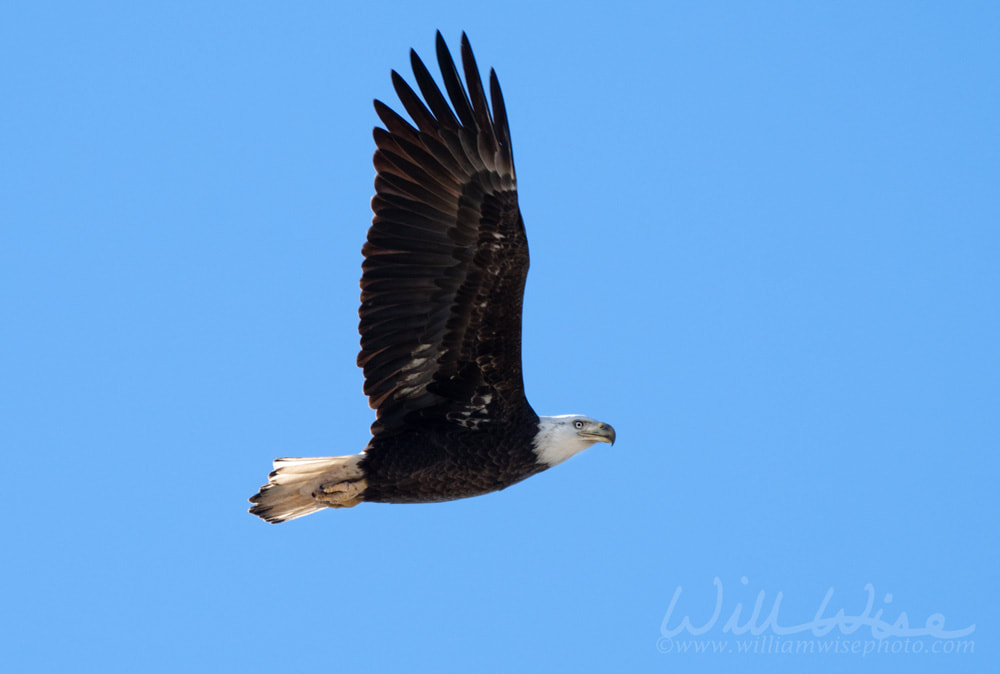 Bald Eagle bird with wings spread flying in clear blue sky over the Okefenokee Swamp National Wildlife Refuge in Georgia. Haliaeetus leucocephalus is a large raptor bird of prey found in North America. Photographed from the Chesser Island Boardwalk Observation tower in the Okefenokee National Wildlife Refuge, Georgia on November 14, 2021. I was strolling back down the Chesser Island Boardwalk from the observation tower when I saw a large bird perched faaarrrrrr off in the distance. “Probably just an Anhinga”, I thought. But raising my lens, I saw a brown and white raptor with a brown stripe behind the eye, and so my next thought was “Osprey”. But the more I looked, the more I began to wonder. There was no white on the breast. And as I changed my position, that brown stripe was no longer through the eye, but was a small branch from a limb above the bird. No, it can’t be. A Bald Eagle???
The following morning, before heading back home, I drove back for one more walk on the Boardwalk. As I was up in the observation tower, a large bird began flying right at me as if it were going to perch in or on the observation tower. It was an Eagle! As it neared, it saw me lifting my lens and banked hard to its left, making a fly-by of the tower and giving me some much better shots. I’m not sure if it was the same individual as the day before or not. To add to my excitement, I spotted another later in the afternoon. Leaving Chesser Island, I drove over to The Suwannee River Sill Recreation Area on the western side of the swamp. Again, I thought I was photographing just another vulture flying overhead, but the white patches signaled “juvenile Bald Eagle” in my mind and I kept firing away. After so many trips without spotting a Bald Eagle, I now had three within a two day period! Chesser Island Boardwalk; Okefenokee National Wildlife Refuge, Georgia.  Okefenokee Photography by William Wise. A nature photo journal exploration of Georgia's Okefenokee Swamp, the Land of Trembling Earth, one of the largest blackwater swamps in North America. The alligators, birds, snakes and wildlife of Okefenokee National Wildlife Refuge and Stephen C Foster State Park. -- "What a wildly wonderful world, God! You made it all, with Wisdom at Your side, made earth overflow with your wonderful creations." Psalms 104 The Message The Swamp Island Drive is a 7-mile driving trail in the Okefenokee National Wildlife Refuge. It winds through a typical swamp uplands habitat of tall Slash Pine and a thick understory of Saw Palmetto on Chesser Island. With several wildlife observation openings and a few ponds, it is perfect for the visitor that may not be able to hike on foot. The tendency may be to drive quickly through this upland habitat on the way to the Chesser Island Boardwalk trail at the end. But don’t drive too quickly, or you may pass some sights along the way. Paralleling the roadside, there are many long, narrow drainage ponds called “borrow ditches”. Except in a drought, these small ponds are often filled with lily pads, the occasional pitcher plant, and other semi-aquatic plants. Basking turtles may quickly drop from a log and into the water as your vehicle passes. And if you keep a keen eye, you may see a pair of reptilian eyes peering back at you! Young alligators may use these small ponds as a safe haven. You might even see a “big one” laying alongside the road on a warm day. Swamp Island Drive; Okefenokee National Wildlife Refuge, Georgia.  Okefenokee Photography by William Wise. A nature photo journal exploration of Georgia's Okefenokee Swamp, the Land of Trembling Earth, one of the largest blackwater swamps in North America. The alligators, birds, snakes and wildlife of Okefenokee National Wildlife Refuge and Stephen C Foster State Park. -- "What a wildly wonderful world, God! You made it all, with Wisdom at Your side, made earth overflow with your wonderful creations." Psalms 104 The Message A slow drive and a few stops along Swamp Island Drive in the Okefenokee National Wildlife Refuge, Georgia. Swamp Island Drive and Chesser Island Boardwalk; Okefenokee National Wildlife Refuge, Georgia. |
Categories
All
Archives
January 2025
|
|
All content is ©williamwisephoto.com. Please don't steal images. My images are available at dreamstime.com. Stock sales go into the shelter photography program.
|
In December 1993 I came to know the Designer and Creator of this wonderful planet and its creatures: Jesus Christ.
|
Donations help support the animal shelter adoption photography equipment and adoption website hosting and domain fees. Thanks for your support!
|
